Victorian bedrooms are celebrated for their opulent details, ornate textiles, and timeless elegance. Drawing inspiration from the late 19th century, these spaces embrace rich color palettes, intricate moldings, and period furniture. By blending historical authenticity with modern comfort, homeowners can craft restful sanctuaries that evoke a sense of grandeur. Whether through lavish canopy beds draped in velvet, hand-blocked wallpapers with floral motifs, or gilded accents that catch the light, each element contributes to an overall aesthetic that feels both romantic and refined. This article presents twenty Victorian bedroom ideas, drawing from expert design insights, historical references, and contemporary adaptations to guide your own decorating journey.
1. Ornate Wallpaper
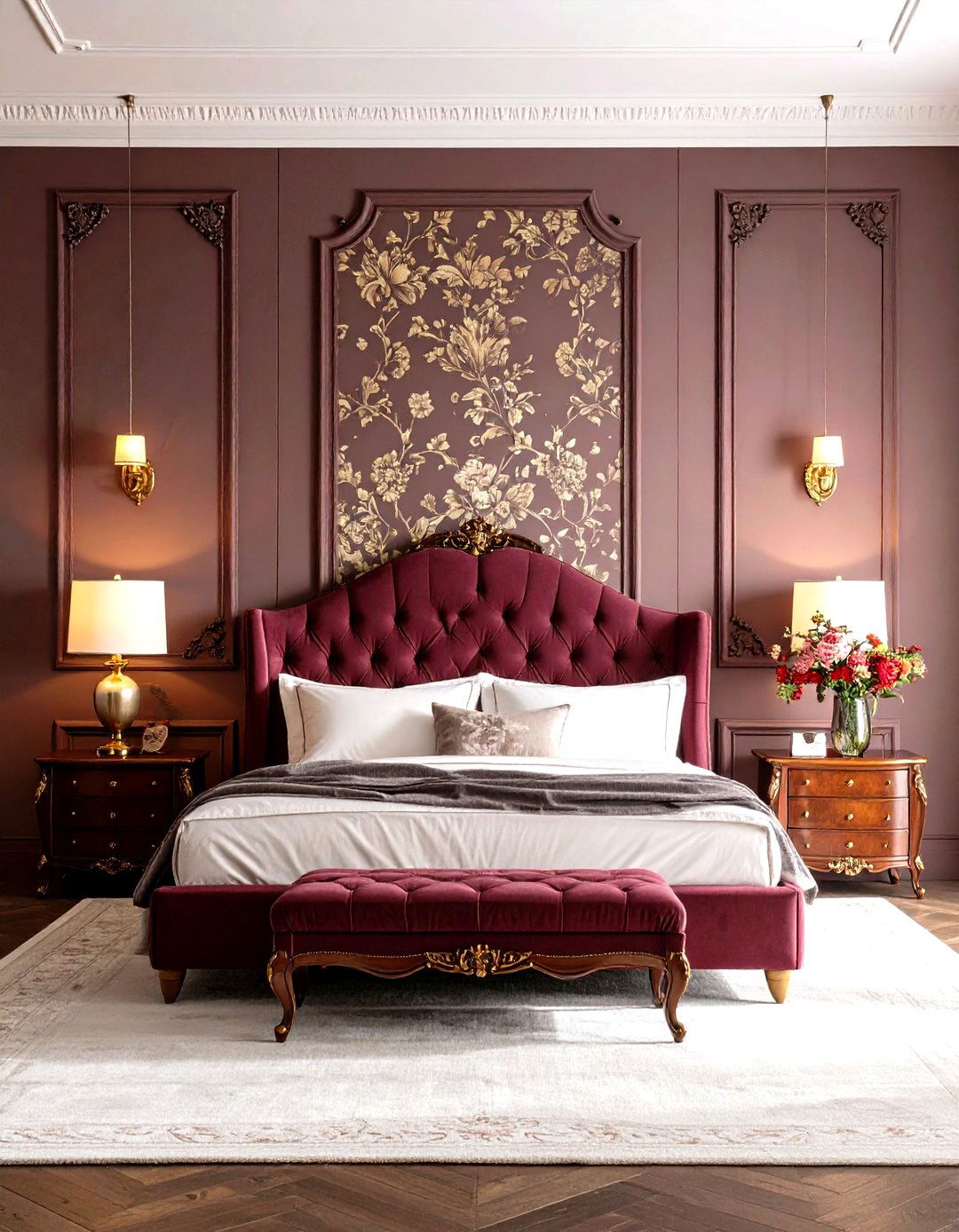
Ornate wallpaper was a hallmark of Victorian interior design, reflecting the era’s fascination with craftsmanship and natural motifs. Intricate floral patterns, damasks, and stylized foliage were printed using block techniques, often complemented by embossing to create rich textures. Popular designs by William Morris set the standard for decorative wall coverings, with deep, muted hues that evoked an air of sophistication. Installing ornate wallpaper in modern bedrooms can instantly establish a period feel, especially when applied to an accent wall behind a bed. Pairing vintage-inspired prints with coordinating draperies or painted woodwork enhances the historic character. For authenticity, consider hand-blocked or grasscloth wallpapers that echo 19th-century production methods.
2. Rich Color Palette
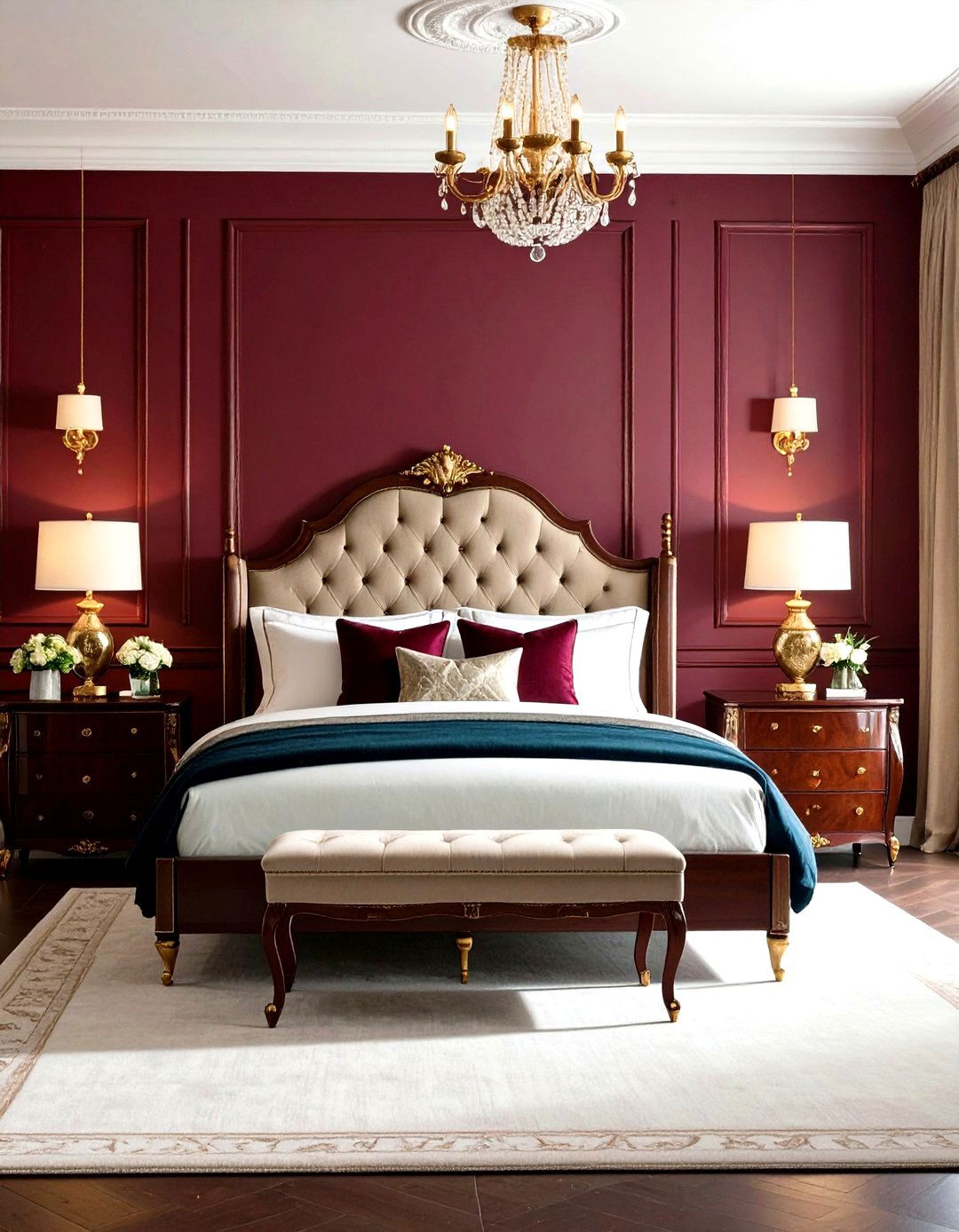
Victorian bedrooms embraced deep, saturated colors to convey luxury and warmth. Jewel tones such as burgundy, navy, and emerald green were applied to walls, upholstery, and textiles, creating a cocoon-like atmosphere. These rich hues paired elegantly with brass fixtures and dark wood furniture, underscoring the era’s opulent sensibilities. In contemporary settings, introducing a bold color on cabinetry or a feature wall can evoke the same dramatic effect while balancing natural light. Accenting with lighter neutrals, like cream or soft gray, prevents the palette from feeling overwhelming and highlights architectural details. Integrating metallic finishes, such as gold leaf frames or brass hardware, further complements the saturated backdrop.
3. Crown Molding

Elaborate crown molding is a quintessential feature of Victorian bedrooms, framing ceilings with intricate profiles that draw the eye upward. Typically crafted from plaster or carved wood, these moldings featured layers of scallops, acanthus leaves, and dentil patterns, signaling craftsmanship and attention to detail. Installing ornate cornices around the room adds architectural interest, concealing transitions between walls and ceilings with a decorative flourish. In modern renovations, custom polyurethane moldings can replicate historic designs with greater ease and durability. Painting moldings in contrasting colors accentuates their relief, while a cohesive monochrome scheme offers a subtler nod to period style. Properly scaled moldings ensure the room feels balanced and maintain historical authenticity.
4. Chandelier
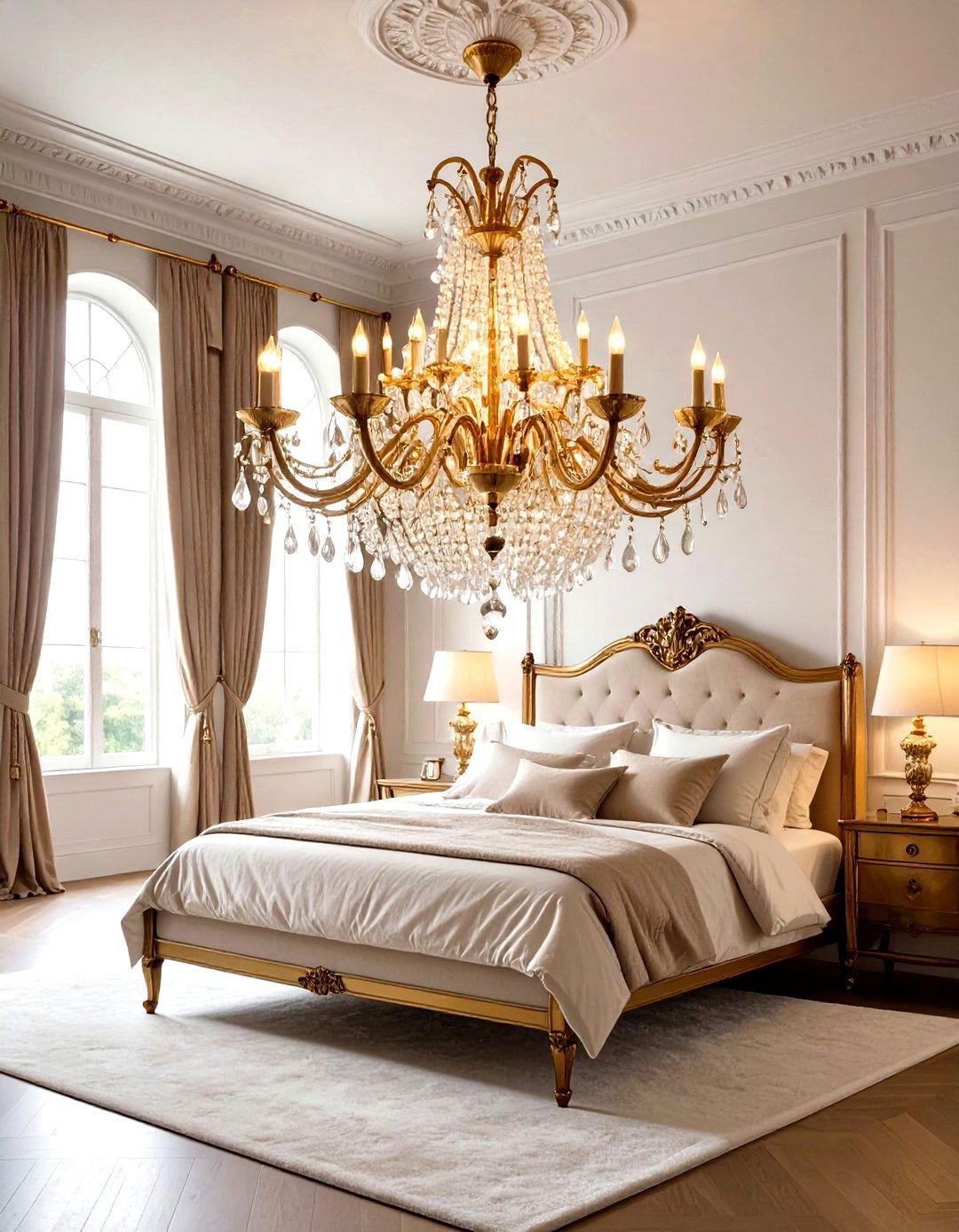
Central to Victorian bedroom design was the use of dramatic lighting fixtures, particularly crystal chandeliers that refracted light into prisms across the space. These fixtures combined metal arms, often brass or bronze, with glass droplets or cut crystals, producing a luminous focal point. Hanging a chandelier in the center of the room immediately evokes 19th-century elegance and elevates the overall ambiance. For modern practicality, consider LED-compatible versions that mimic the sparkle of traditional candles while reducing energy consumption. Positioning the chandelier above a four-poster or canopy bed highlights architectural features and bathes the room in a romantic glow. Pair with wall sconces or table lamps to layer light and ensure functionality.
5. Canopy Bed
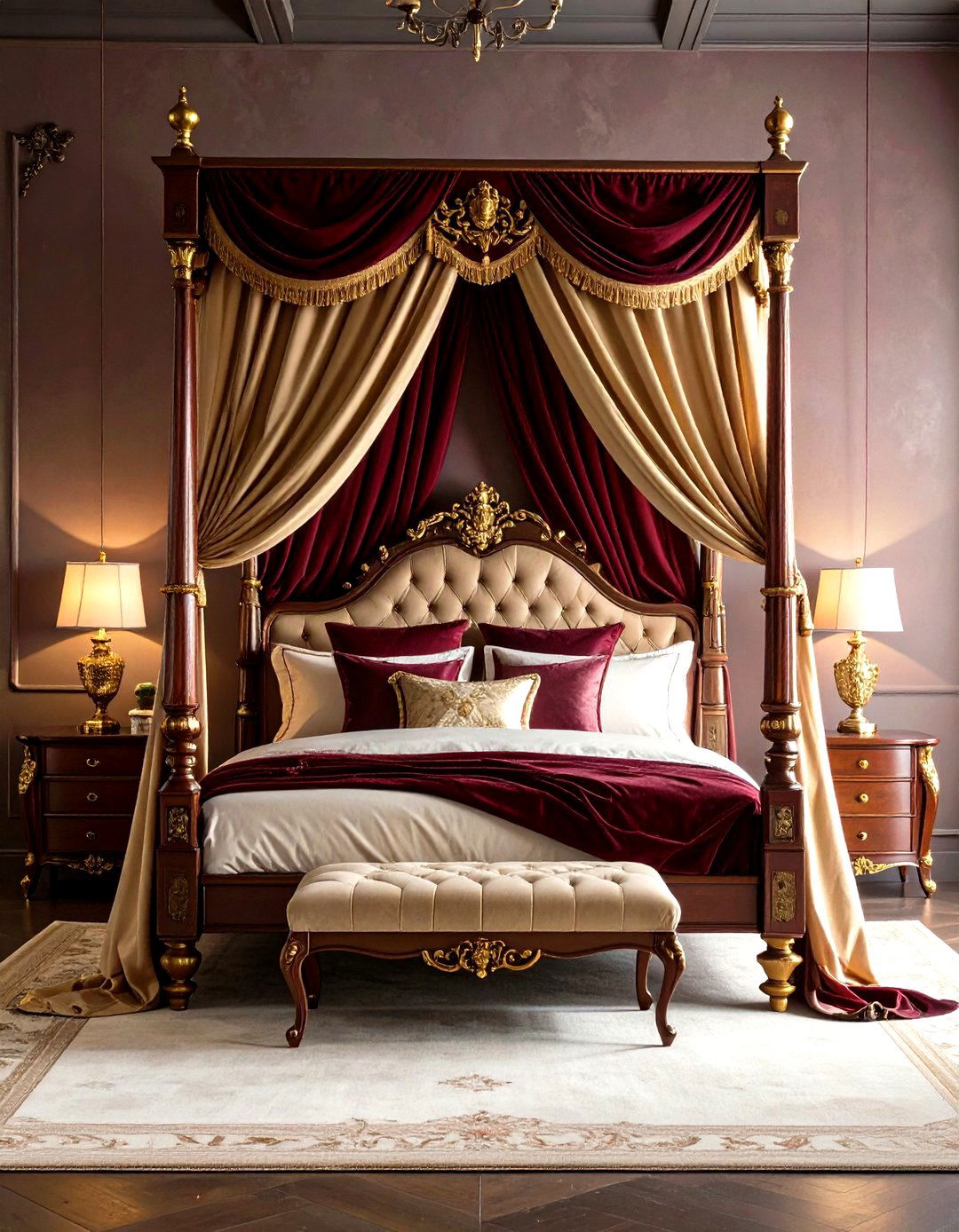
A canopy bed with ornate posts and draped curtains epitomizes Victorian romanticism, offering both privacy and grandeur. Constructed from dark woods like mahogany or walnut, these beds often featured Jacobean-inspired carving and turned finials at each corner. Draping lightweight fabrics—velvet, silk, or lace—softens the silhouette and adds textural contrast. Historically, curtains served practical purposes too, helping to retain warmth in drafty rooms. In contemporary spaces, a simplified metal canopy frame can achieve a similar effect, especially when styled with billowing sheers for a light, ethereal feel. Selecting muted or coordinating fabrics ensures the canopy complements rather than overwhelms other period-inspired elements.
6. Tufted Headboard
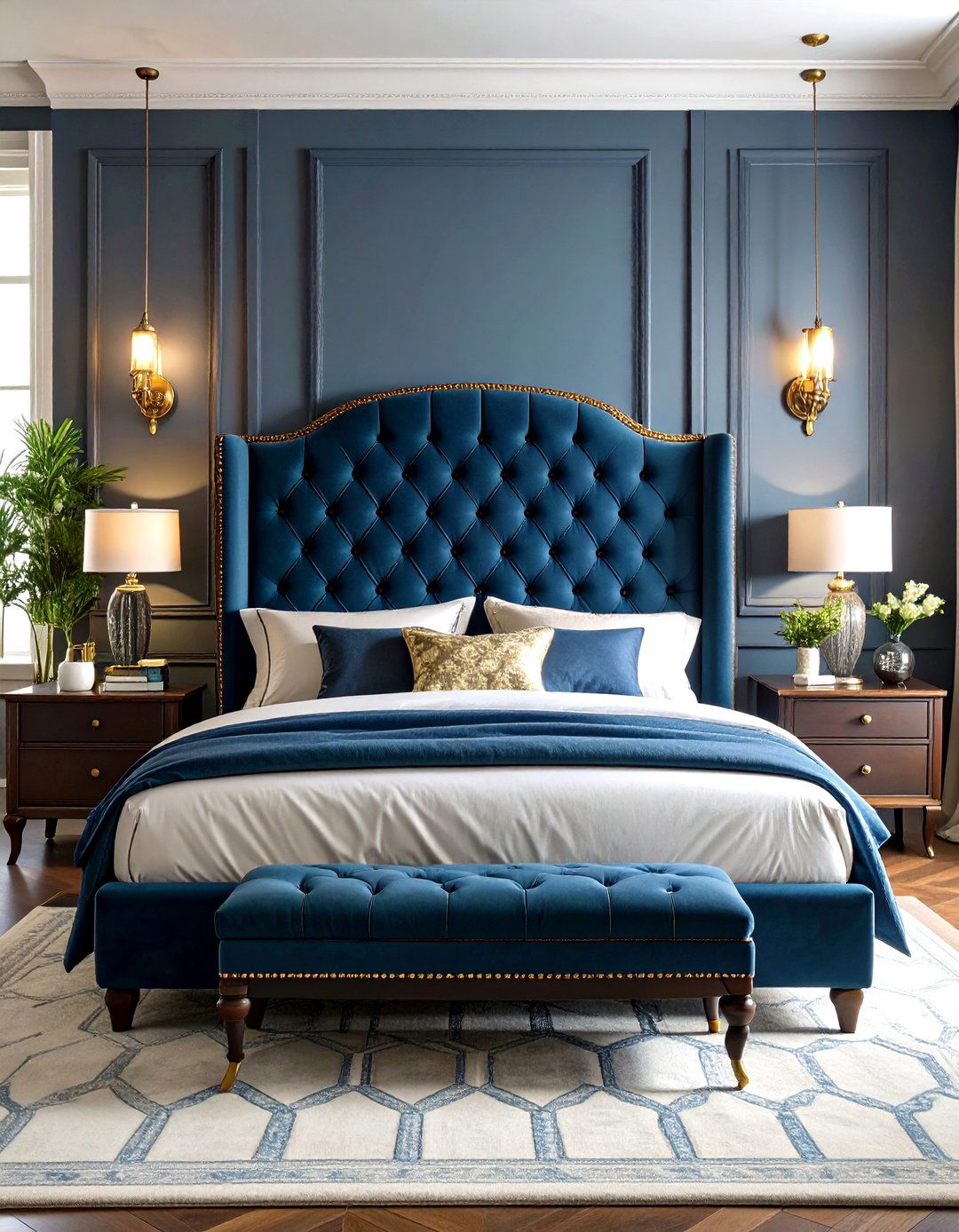
Tufted headboards covered in sumptuous fabrics such as velvet or silk were a staple of Victorian beds, adding visual depth and tactile luxury. Deep button tufting created geometric patterns and plush cushioning, inviting one to recline comfortably. Upholstery colors ranged from jewel tones to softer florals, often harmonizing with surrounding textiles. In modern interpretations, a high, slender headboard can maintain a sense of verticality while updating proportions for contemporary rooms. Choosing a neutral velvet allows flexibility in accent colors and accessories. Accent pillows in coordinating patterns or metallic embroidery enhance the headboard’s presence, ensuring it remains the bedroom’s centerpiece.
7. Antique Furniture
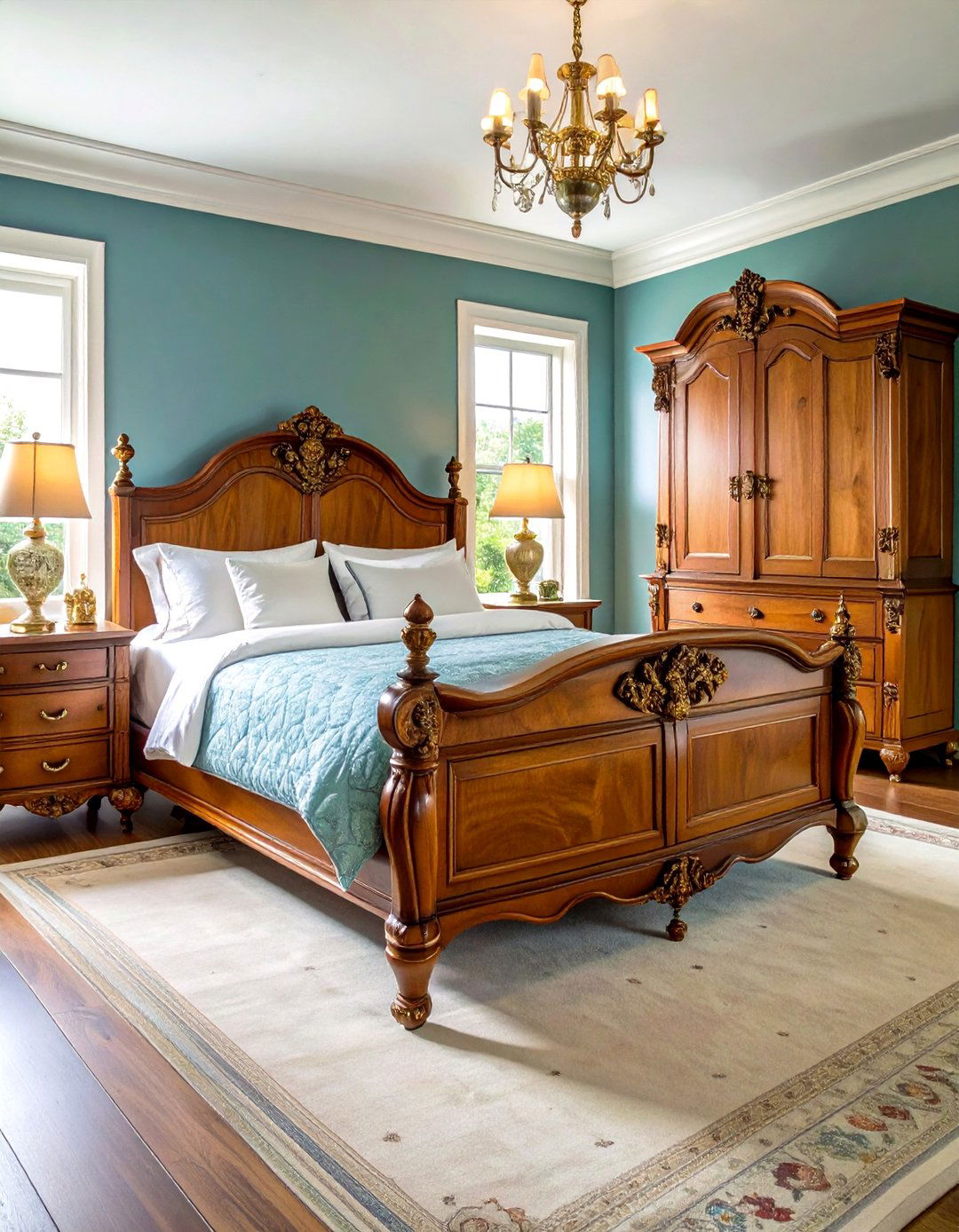
Incorporating genuine antique furniture anchors a Victorian bedroom in its historical context, infusing authenticity and narrative. Key pieces include walnut dressers with serpentine fronts, marble-top washstands, and intricately carved armoires. Sourcing from reputable dealers or estate sales ensures quality craftsmanship and period accuracy. When mixing pieces, maintain balance by pairing heavier furniture with lighter accents or mirrored surfaces to prevent visual heaviness. Restoring patinas and polishing brass hardware honors original finishes, while subtle upholstery updates can revitalize chairs or footstools. Integrating a curated collection of antiques alongside contemporary comforts—such as modern bedding and lighting—creates a layered space that feels both lived-in and luxuriously curated.
8. Carved Wood Details
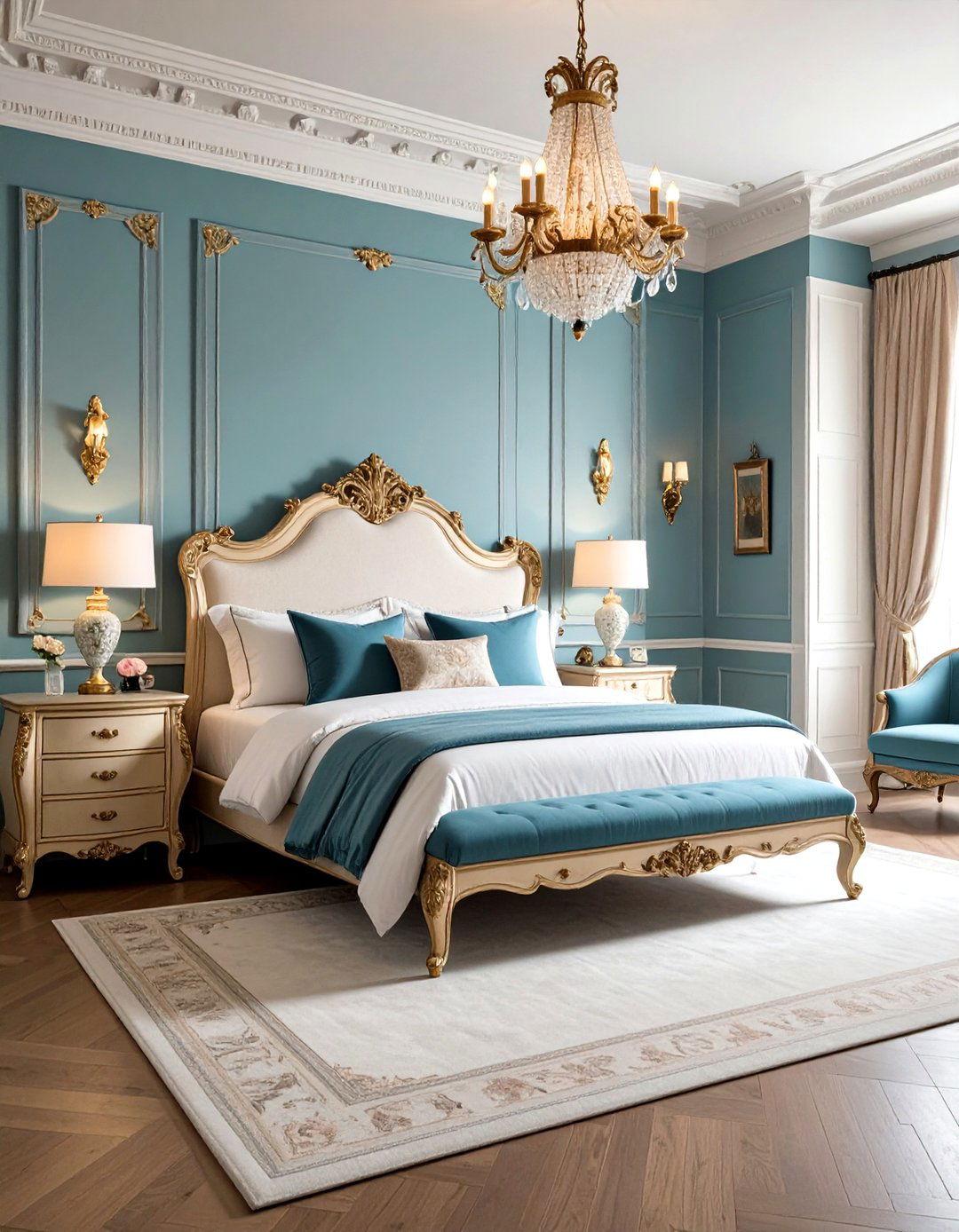
Intricate wood carvings on furniture and architectural elements define the handcrafted character of Victorian interiors. Motifs such as acanthus leaves, rosettes, and scrollwork embellished bed frames, door surrounds, and fireplace mantels. Selecting dressers, vanities, or nightstands with carved pediments and baluster legs introduces sculptural interest. Paneling or wainscoting with fretwork further accentuates period charm and provides textural contrast against painted walls. To recreate this effect on a budget, consider adhesive wood appliqués or stencil techniques that mimic carved shapes. Highlight carvings with accent lighting or contrast paint colors to cast shadows and emphasize depth. Such details celebrate craftsmanship and enrich the bedroom’s visual tapestry.
9. Lace Curtains
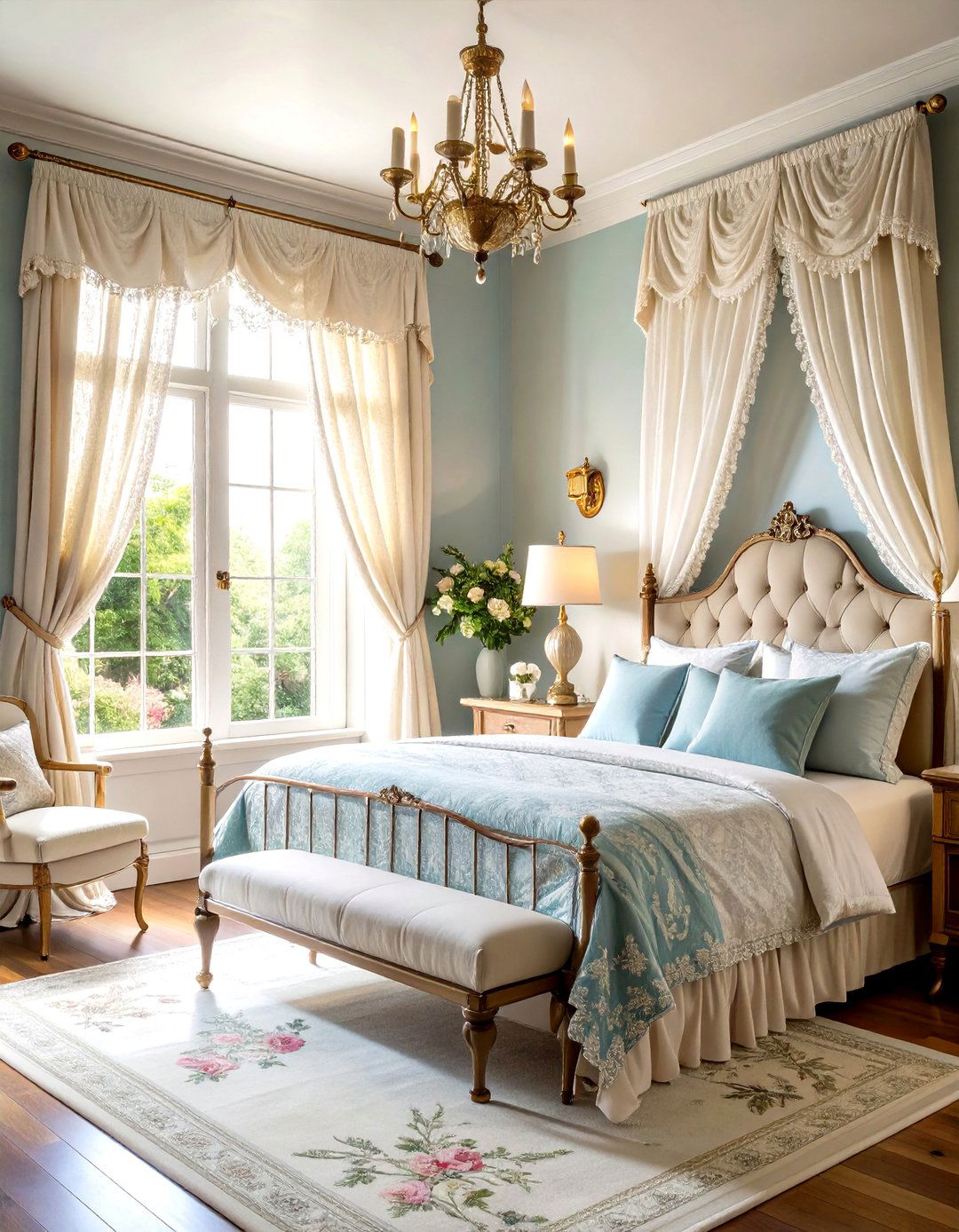
Lace curtains were popular in Victorian bedrooms for their ability to filter light while maintaining privacy, offering a delicate, romantic aesthetic. Crafted from fine linen or cotton, lace panels featured floral, grid, or lattice patterns that softly diffuse sunlight. Layering lace over heavier draperies provided insulation and flexibility, allowing occupants to adjust ambiance with ease. In modern spaces, lace sheer panels paired with velvet or silk drapes on dual rods combine functionality with style. Choosing period-appropriate motifs, like palmettes or scalloped edges, ensures cohesion. Keep hardware simple—brass or wrought iron rods complement the era’s palette. The result is an airy, refined window treatment that enhances the bedroom’s historic allure.
10. Victorian Inspired Artwork
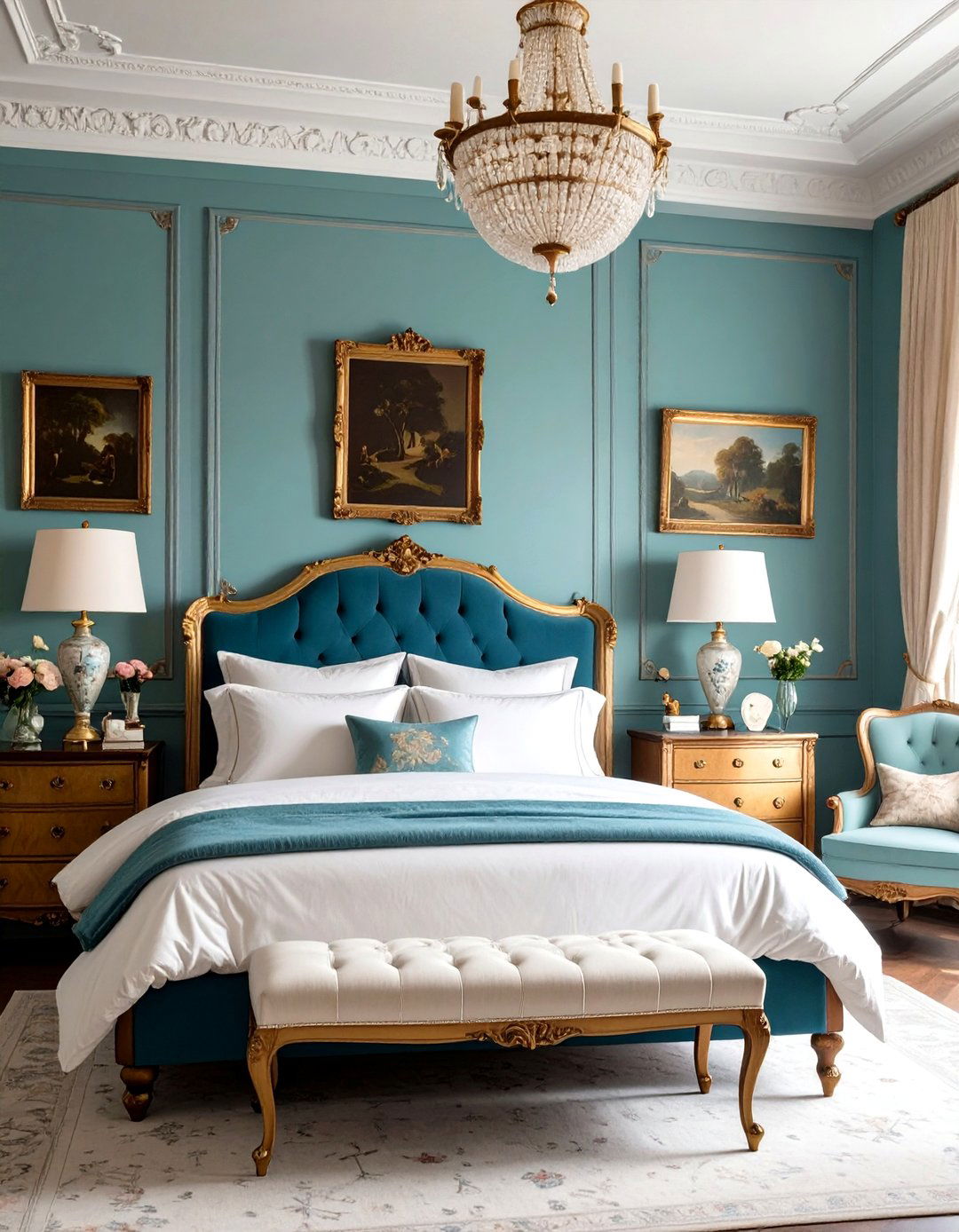
Artwork reflecting Victorian sensibilities—landscapes, portraiture, and allegorical scenes—adds cultural depth to bedroom walls. Oil paintings in gilded frames or lithographs of pastoral vistas evoke the era’s artistic tastes. Arranging a salon-style gallery wall above a dresser or headboard creates visual interest and a curated feel. To modernize, incorporate reproductions of William Morris blocks or botanical prints, which align with the period’s appreciation for nature-inspired motifs. Antique frames with gold leaf or intricate carvings reinforce authenticity. Mixing mediums, such as framed needlework samplers or vintage photographs, offers variety while maintaining a cohesive theme. Displaying art thoughtfully enhances the bedroom’s narrative quality.
11. Velvet Upholstery

Velvet was the fabric of choice for Victorian upholstery, prized for its sheen, depth, and sumptuous texture. Sofas, chairs, and chaise lounges upholstered in crimson, sapphire, or forest green velvet signaled luxury and comfort. Even small accents, like ottomans and footstools, benefited from velvet coverings. When integrating velvet into a contemporary bedroom, focus on key focal pieces—such as an armchair or bench—so the fabric doesn’t overwhelm the space. Combining velvet with lighter materials, like linen throw pillows or cotton sheets, balances richness with airiness. Maintaining a cohesive color palette ensures that velvet’s bold presence enhances, rather than dominates, the overall design.
12. Vintage Mirrors
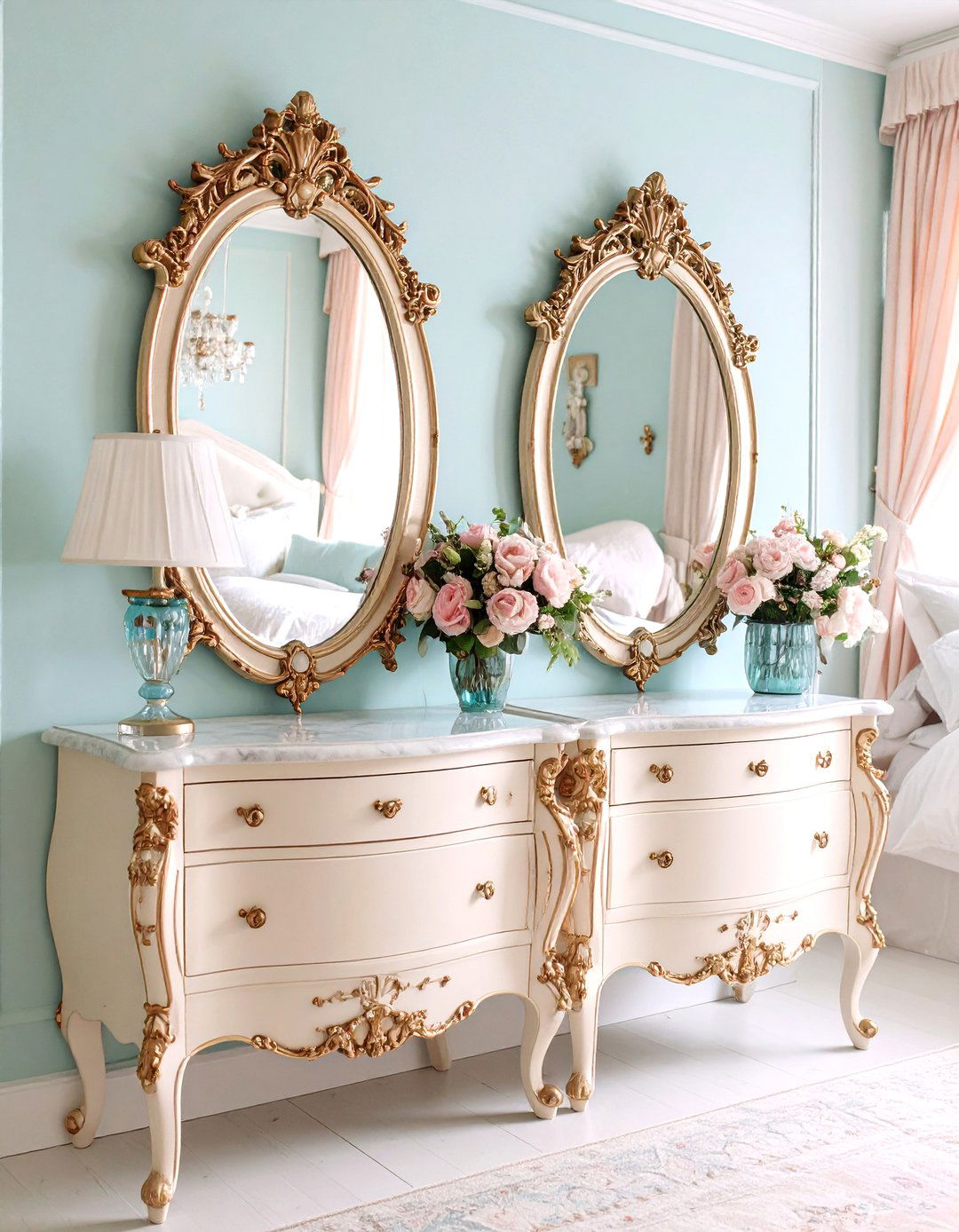
Mirrors with ornate frames were both decorative and functional in Victorian bedrooms, reflecting light and expanding perceived space. Frames often featured motifs like shells, florals, and scrolls crafted in gilded wood or cast metal. Placing a large mirror over a marble-topped dresser or leaning a petite cheval mirror near a window amplifies brightness and showcases period details. For smaller rooms, a cluster of vintage or reproduction mirrors creates a dynamic focal wall. Look for beveled glass to capture authentic sheen. In modern arrangements, mixing metals—such as gold leaf frames with brushed nickel sconces—adds depth while honoring mixed-material practices of the era.
13. Fringed Lampshades
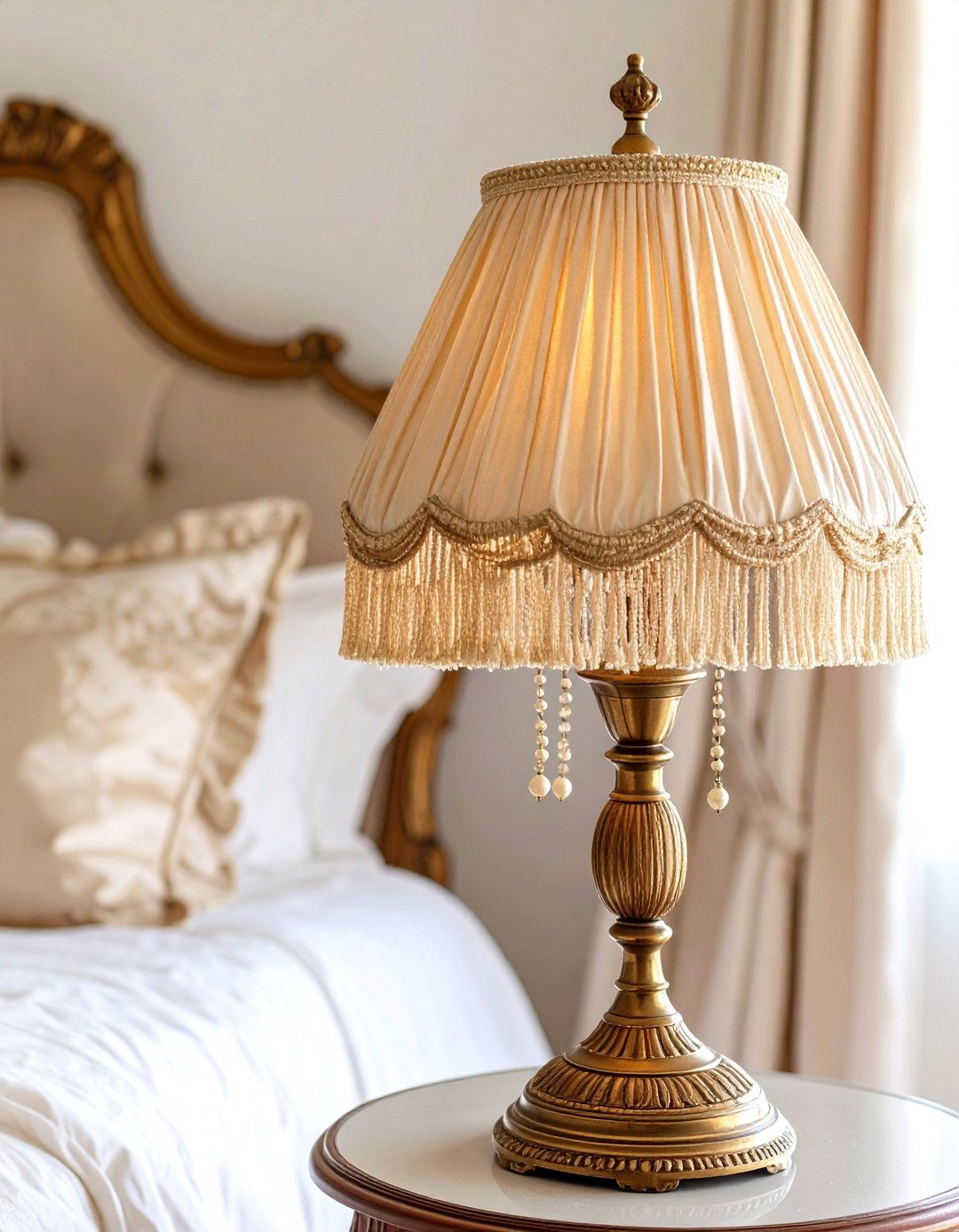
Fringed lampshades were a signature finishing touch in Victorian lighting, adding movement and softness to the glow of table and floor lamps. Shades in silk or linen often featured beaded or tasseled fringes along the edges, complementing ornamental lamp bases in ceramic or bronze. Choosing a lampshade with contrasting fringe color emphasizes the decorative trim, while scalloped or petal-shaped hems reflect period shapes. Paired with LED or low-heat bulbs, these shades maintain practicality and safety. Positioning lamps on nightstands or dressers provides task lighting while contributing to the bedroom’s layered illumination scheme. Attention to small details like lampshade trims ensures historic fidelity.
14. Patterned Rugs
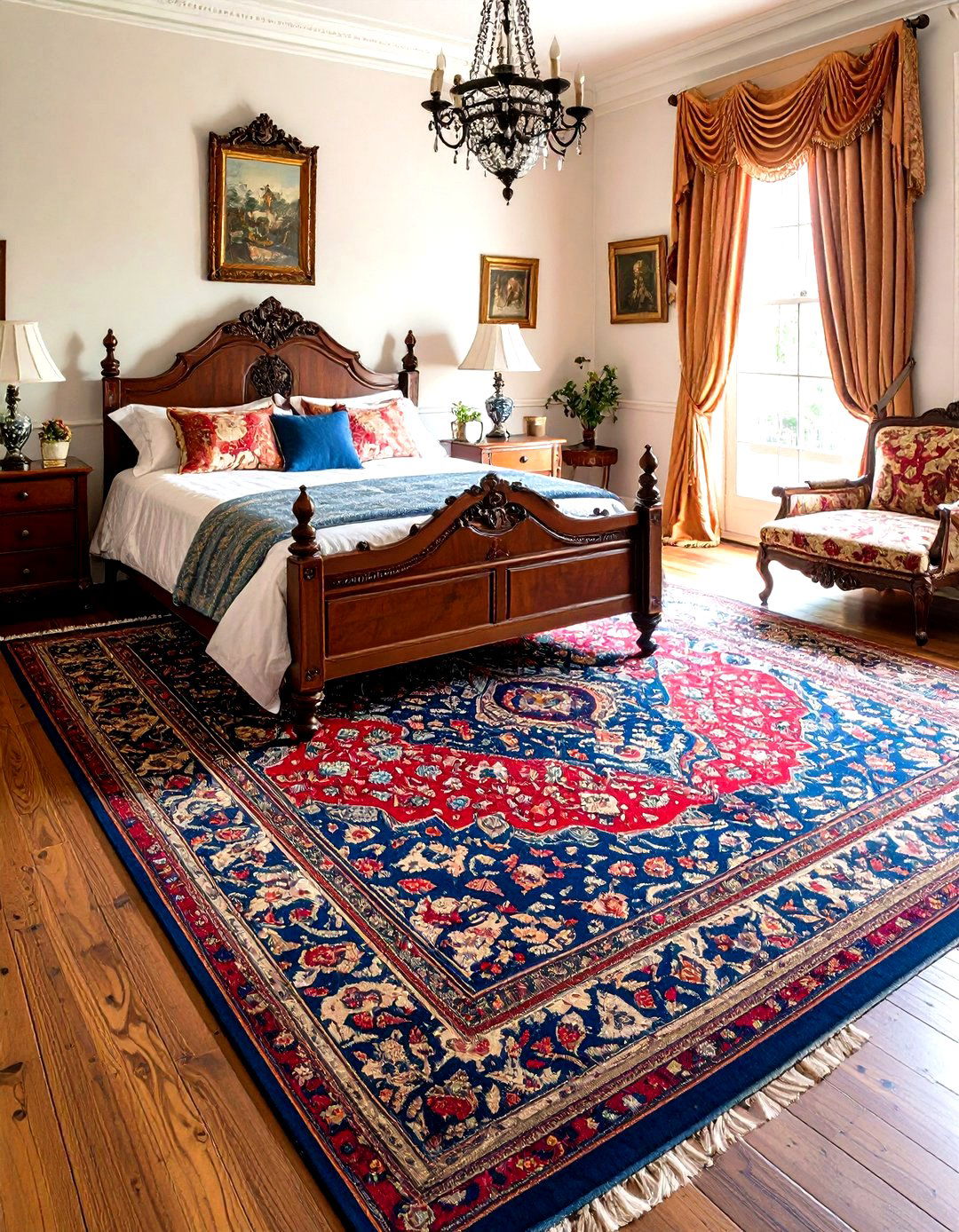
Patterned area rugs were essential in Victorian bedrooms, imparting warmth, color, and comfort underfoot. Oriental and Aubusson carpets with intricate floral and geometric designs were widely imported and prized for their craftsmanship. Placing a rug beneath the bed anchors the furniture grouping and protects hardwood floors. To echo period accuracy, choose rugs with rich jewel tone palettes and detailed borders. In modern settings, layering a smaller Persian-style runner over a neutral jute rug adds texture and visual layering. Ensure rug placement leaves a border of floor visible for scale. Properly selected, patterned rugs reinforce the bedroom’s historic atmosphere while introducing tactile luxury.
15. Antique Brass Hardware
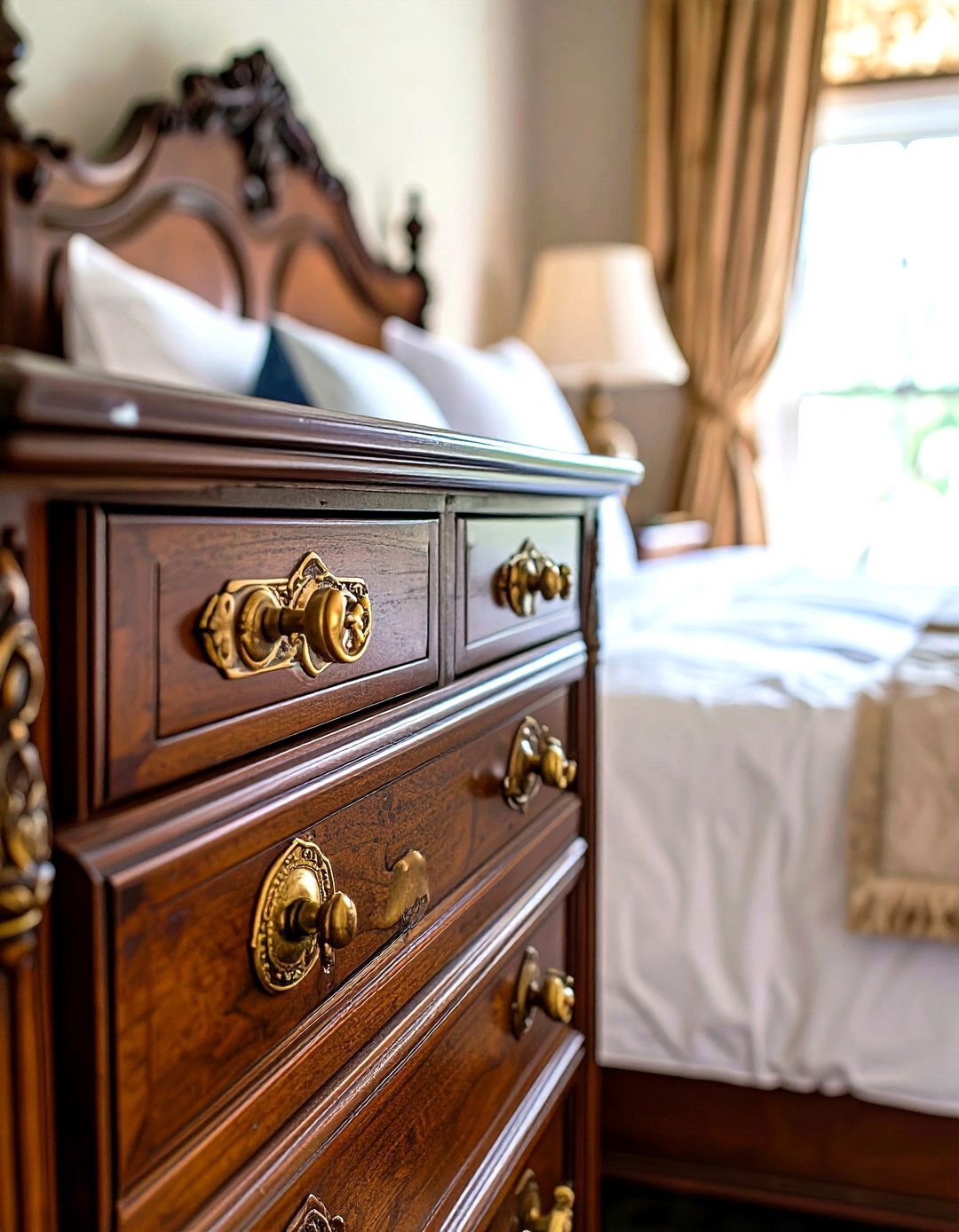
Replacing contemporary knobs and handles with antique brass hardware instantly imbues cabinetry and furniture with Victorian character. Typical pieces include ornate backplates, cup pulls, and ring pulls in warm, aged brass finishes. Installing these on dressers, wardrobes, and bedside tables reinforces period authenticity and highlights architectural details. When selecting hardware, look for pieces with detailed engravings or embossed motifs reminiscent of historical designs. Polishing brass hardware to a soft luster maintains its timeless appeal while preventing tarnish. For a cohesive look, coordinate finishes across door hinges, light switch plates, and drawer pulls. This small yet impactful update elevates both form and function in the Victorian bedroom.
16. Tassels and Trimmings
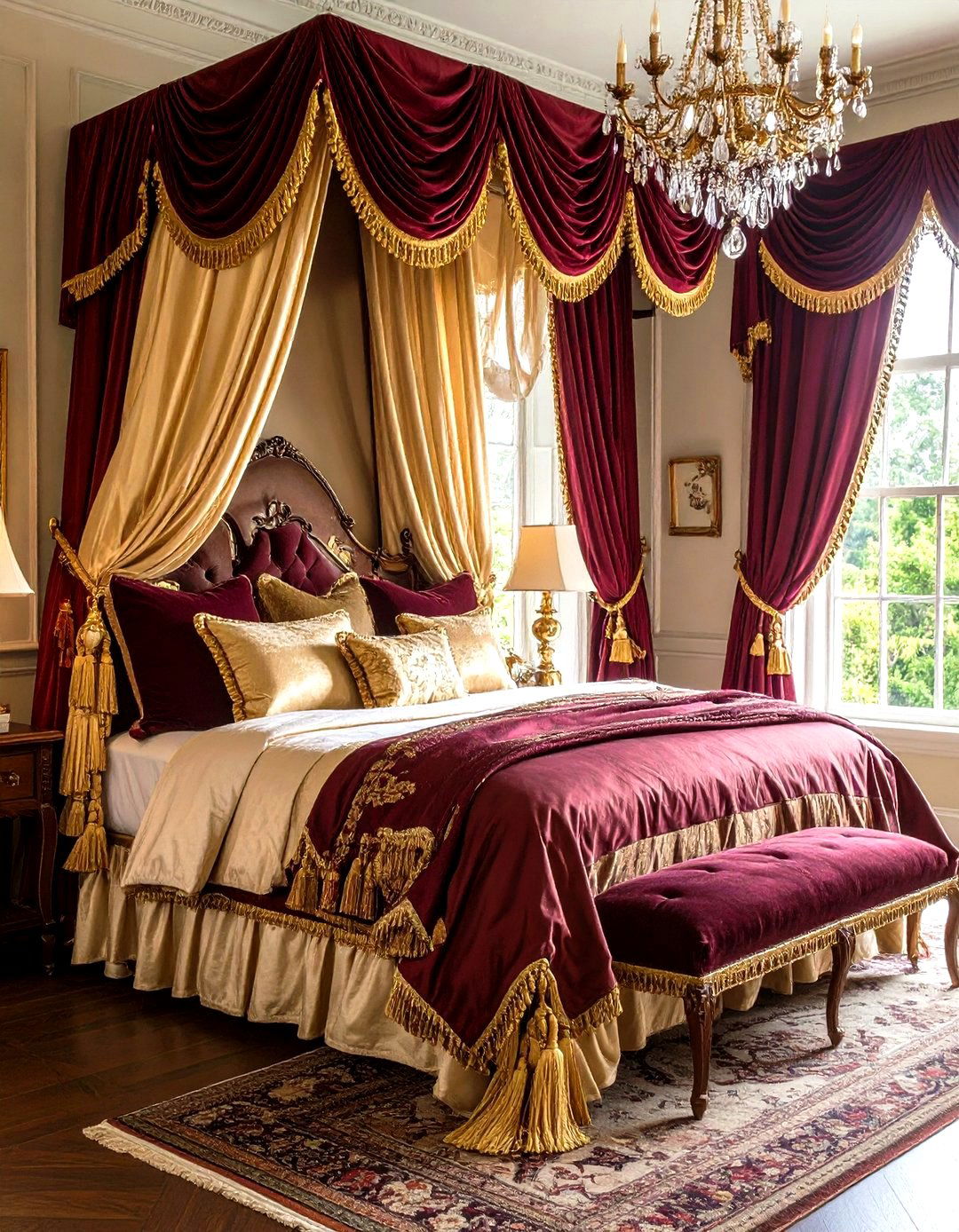
Tassels and ornamental trimmings adorned curtains, pillows, and upholstery in Victorian bedrooms, contributing to a lavish and cohesive aesthetic. Silk or rayon tassels hung from curtain tiebacks and bed draperies, while braided braid trims edged bolster pillows and bed skirts. Integrating decorative fringe on chair upholstery further enriched textural depth. In contemporary applications, attach tassel tiebacks to linen curtains or add braided trim to custom pillows for a subtle nod to period detail. Keeping tassel colors complementary—such as mixing metallic gold with deep mauve—ensures a harmonious palette. Thoughtful use of tassels and trimmings elevates everyday textiles into decorative statements.
17. Wallpaper Panels
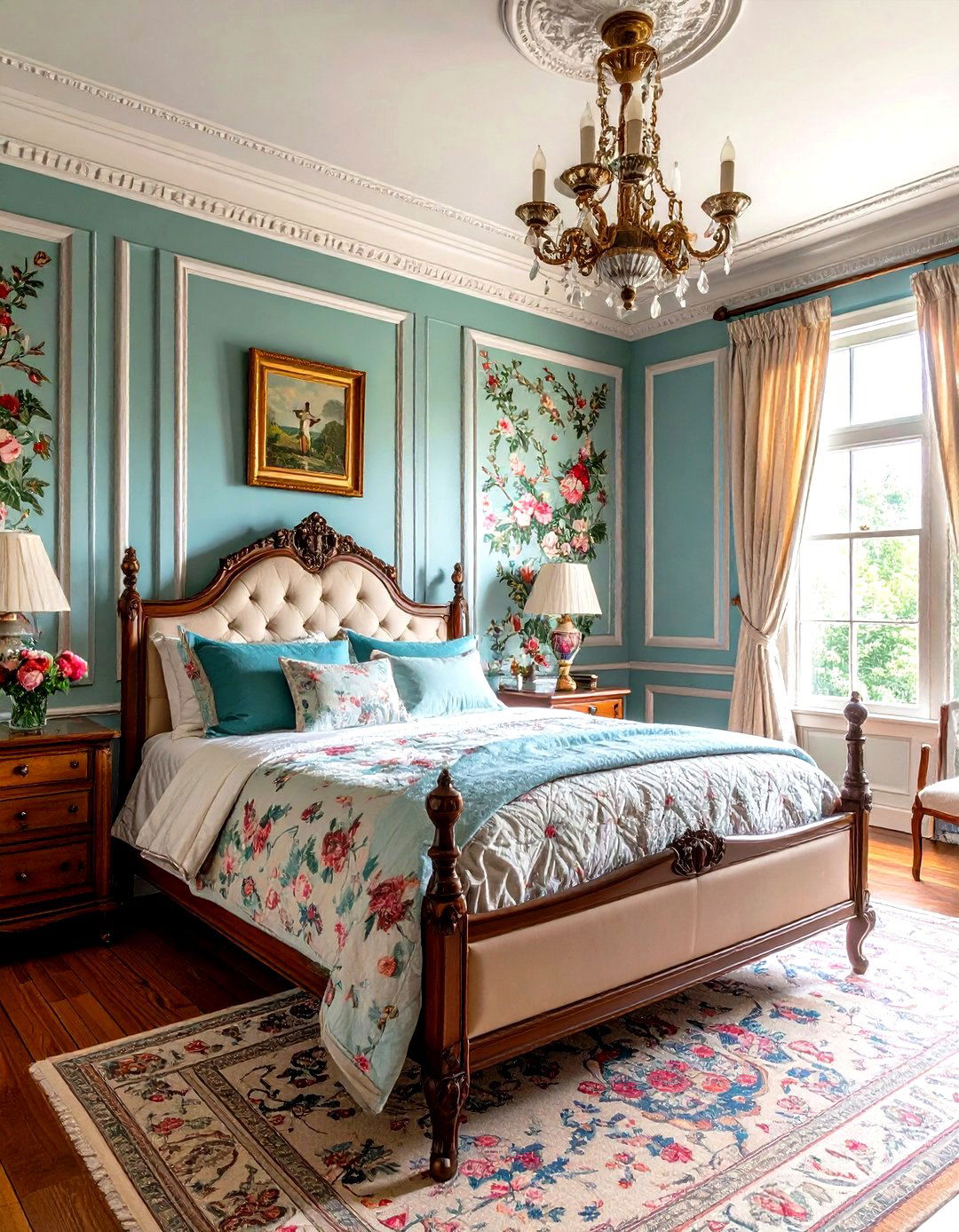
Wallpaper panels offered a cost-effective way to incorporate intricate designs without covering every wall surface in busy patterns. Framed sections of wallpaper, often bordered with molding, highlighted artwork-like vignettes of floral or scenic motifs. This approach preserved visual interest while preventing a room from feeling too dark or cluttered. In modern homes, select removable wallpaper panels in metallic or embossed finishes for easy updates. Installing panels above headboards or around mirrors creates focused feature areas, drawing the eye to key architectural or furniture elements. For authenticity, choose patterns inspired by historical archives or reissues of Victorian designs. Wallpaper panels combine artistry with practicality in bedroom décor.
18. Gilded Accents
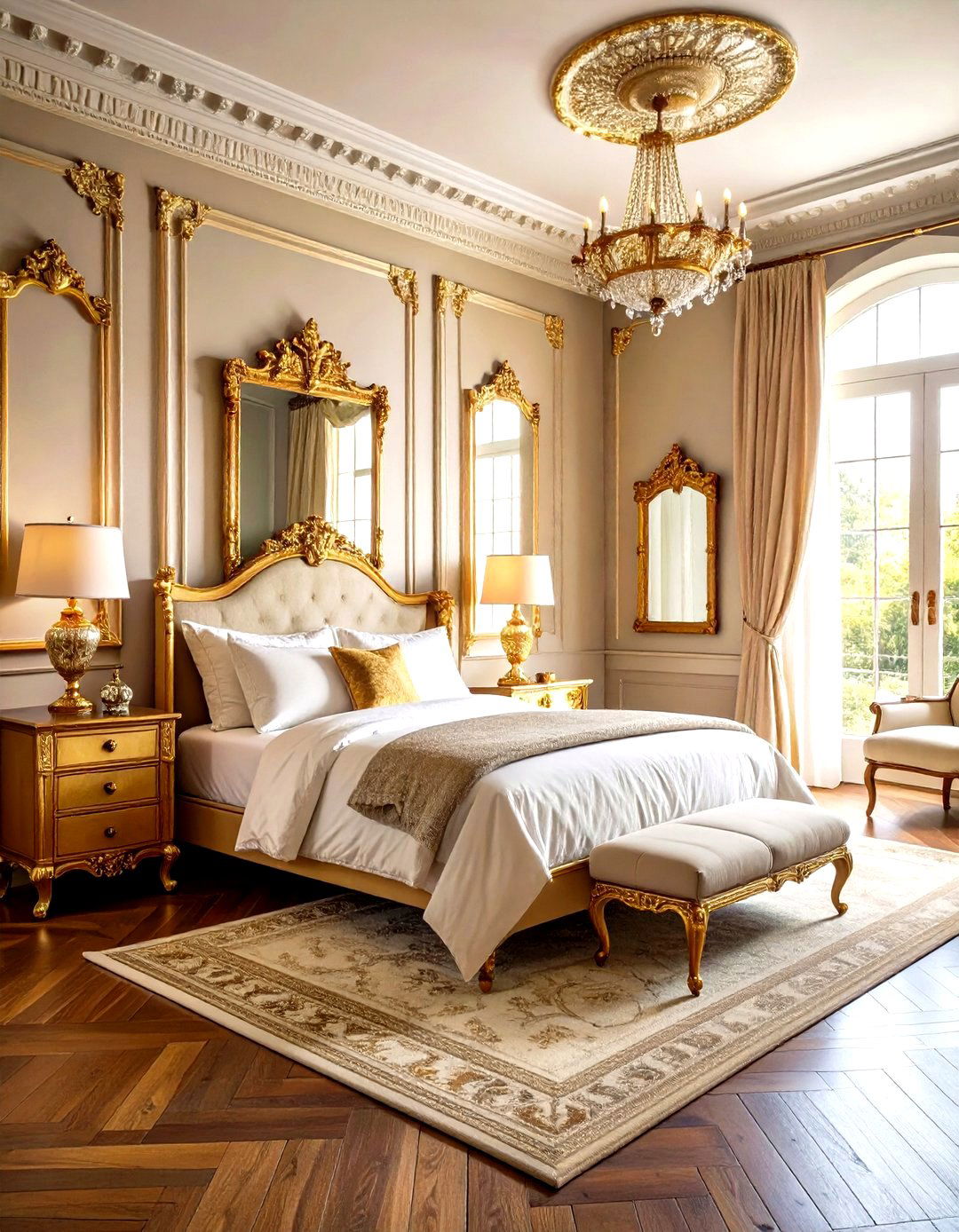
Gold leaf and gilded accents were synonymous with Victorian opulence, adorning picture frames, mirror edges, and architectural details. Applying genuine gold leaf creates a soft, warm sheen that reflects light subtly and adds depth. In modern interpretations, metallic gilt paint on picture frames or furniture trim achieves a similar effect at lower cost. Highlighting crown moldings or ceiling medallions with gold accents accentuates their profiles and ties the room’s hardware and accessories together. Balance gilt elements with unsaturated tones in textiles and wall colors to prevent an overly gaudy appearance. Gilded touches capture the spirit of Victorian luxury while offering a versatile decorating tool.
19. Vintage Photographs
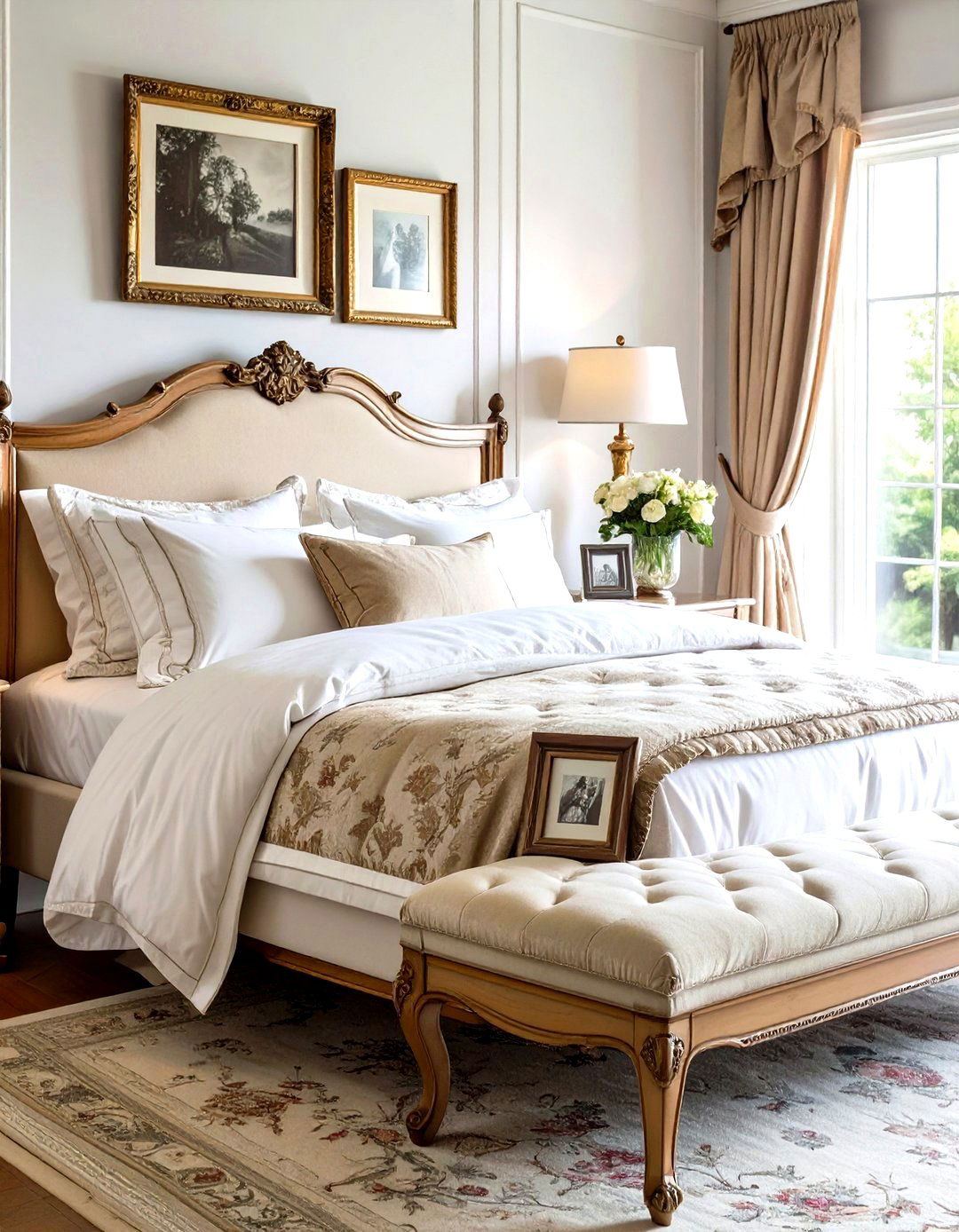
Displaying vintage photographs in ornate frames lends a personal, narrative layer to Victorian bedroom décor. Sepia-toned portraits or family snapshots evoke historical atmospheres and foster a sense of continuity. Framing images in carved wood or gilded frames aligns with period aesthetics and showcases the photographs as art. Arranging a small gallery on a bedside table or dresser creates an intimate vignette. For cohesion, use mats in neutral tones and maintain consistent frame styles. Scanning and printing high-quality reproductions preserves original images while allowing you to keep valuable originals safely stored. Vintage photographs personalize the bedroom and connect occupants to past generations.
20. Crystal Knobs
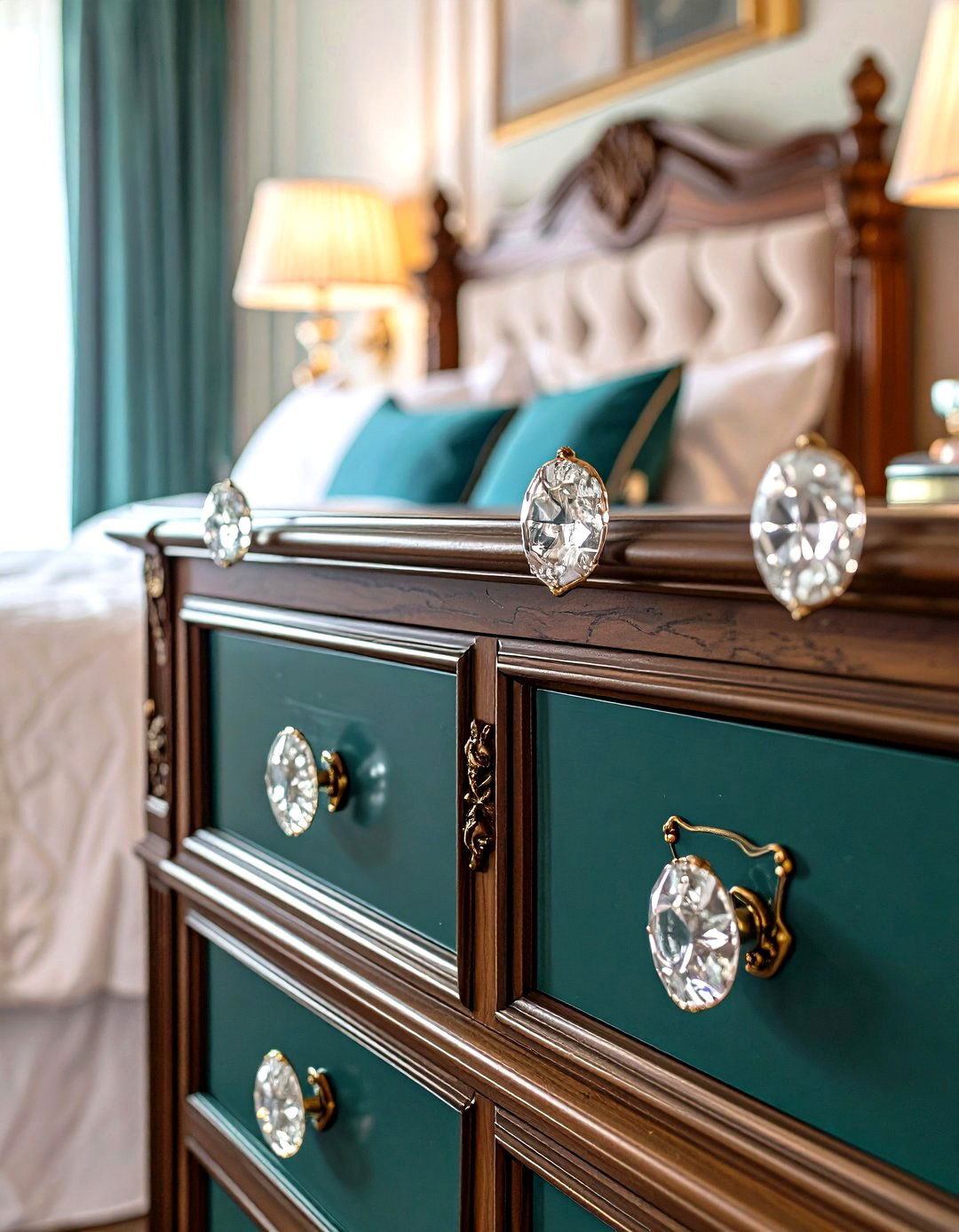
Incorporating crystal knobs on cabinets and furniture adds a touch of Victorian refinement and sparkle. Cut-glass knobs, often faceted like gemstones, catch and refract light, creating subtle prisms. Mounted on wooden dressers or vanity drawers, these knobs soften the heaviness of dark stained woods and complement metallic hardware in the room. When choosing crystal hardware, select clear or slightly tinted options for versatility. Pairing crystal knobs with brass backplates enhances their period authenticity. For a cohesive look, use matching knobs on bedside tables, wardrobes, and dressers. Crystal knobs offer an easy update that infuses classic charm into bedroom furnishings.
Conclusion:
Creating a Victorian bedroom involves weaving together a tapestry of historical details, sumptuous materials, and thoughtful color choices. From the foundational elements—ornate wallpapers, rich hues, and architectural moldings—to the finishing touches like gilded accents, tasselled trimmings, and crystal hardware, each component contributes to a cohesive and evocative space. Balancing authenticity with modern comfort ensures that rooms feel lived-in yet elegant, capturing the romance of a bygone era without sacrificing functionality. By selectively integrating these twenty ideas—drawing on period sources and contemporary adaptations—designers and homeowners can craft restorative, story-rich bedrooms that honor Victorian craftsmanship while catering to twenty-first-century lifestyles.


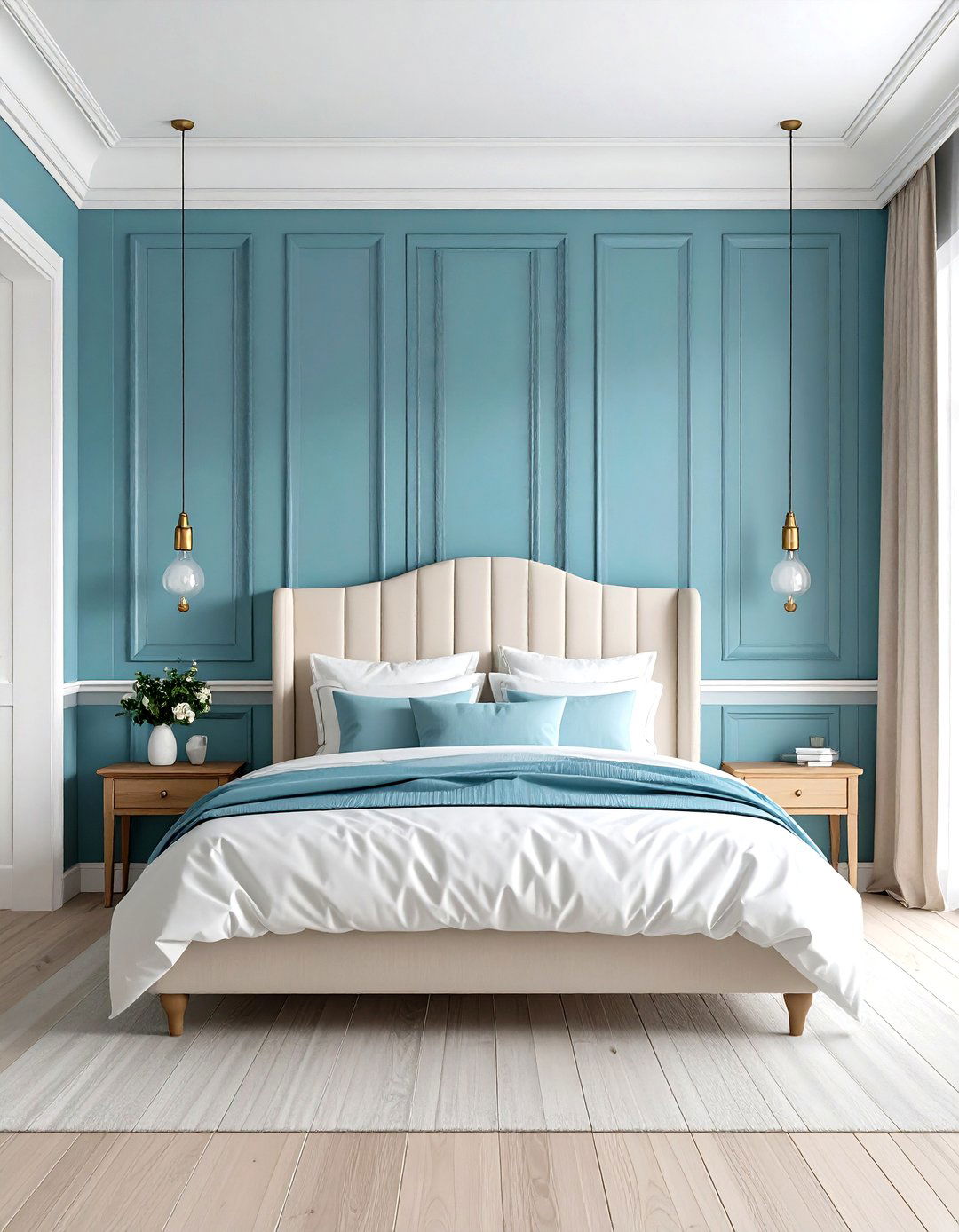
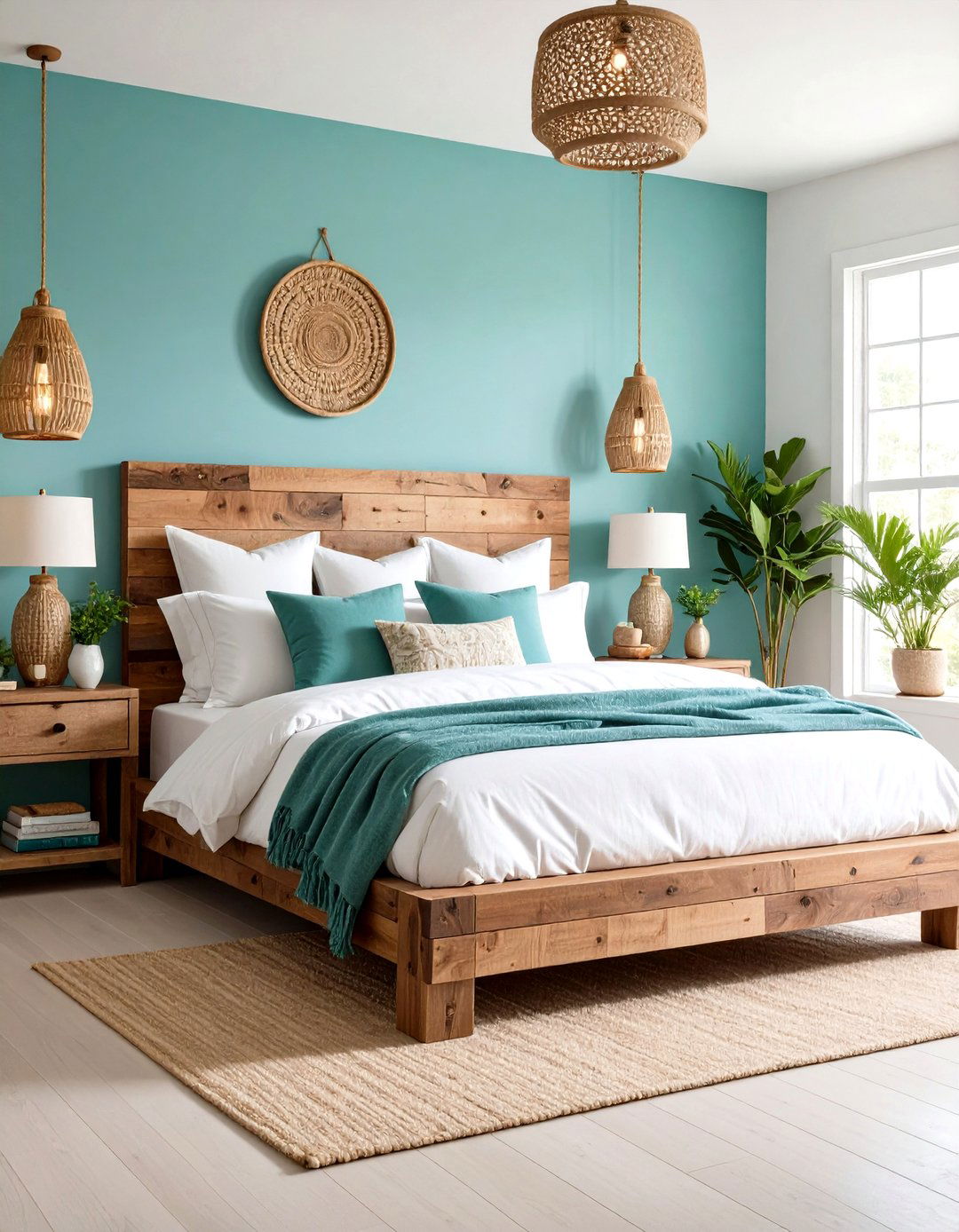

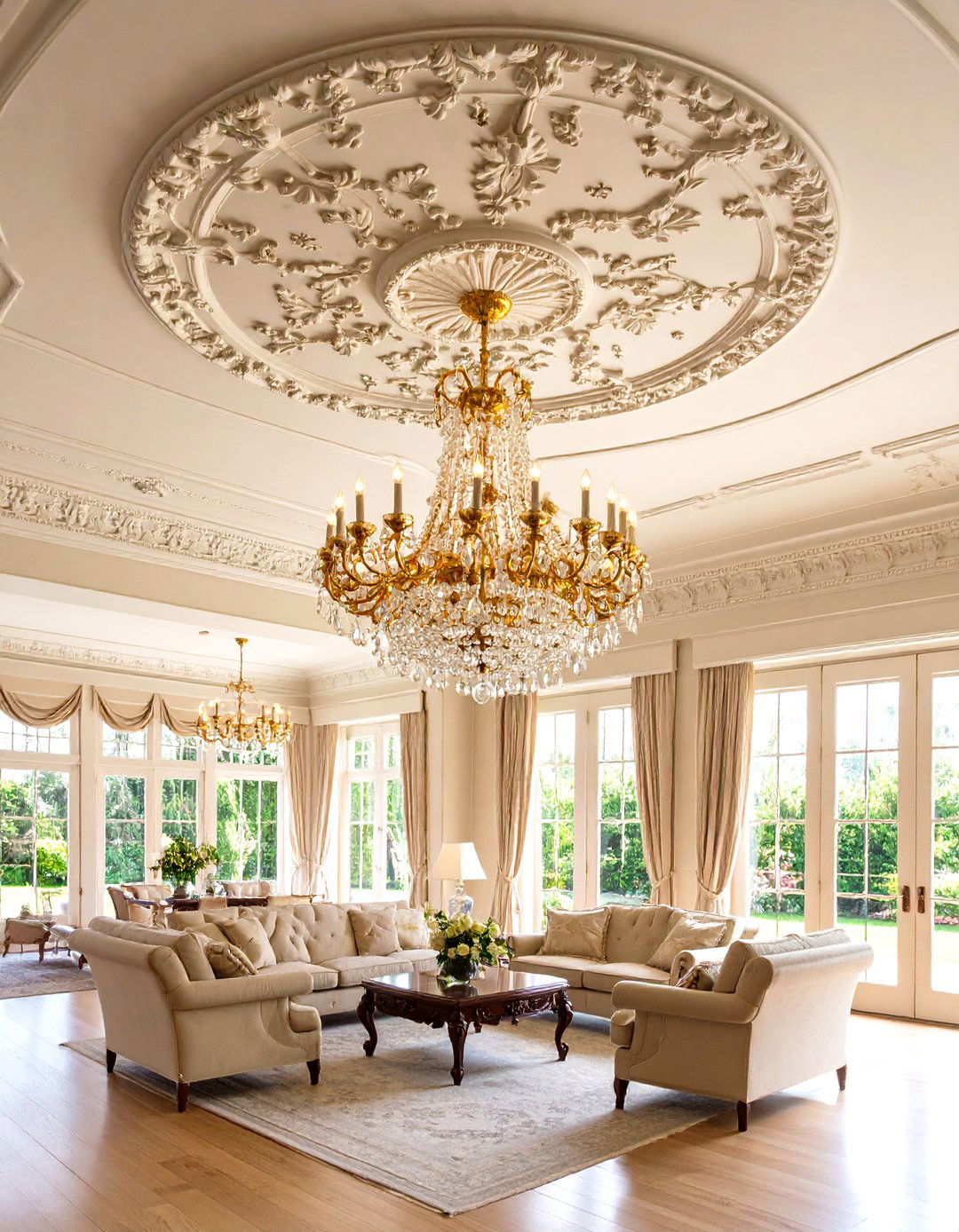
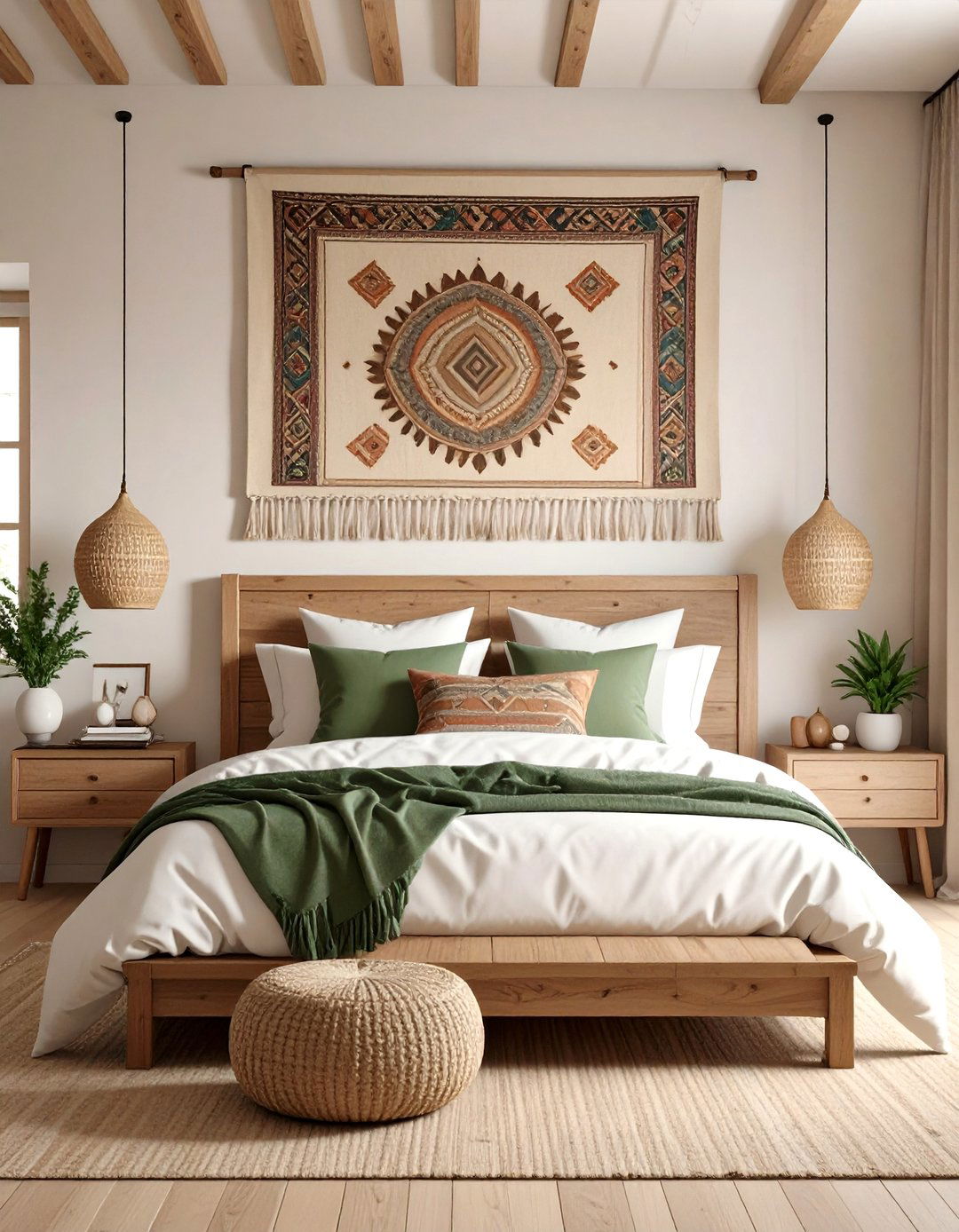

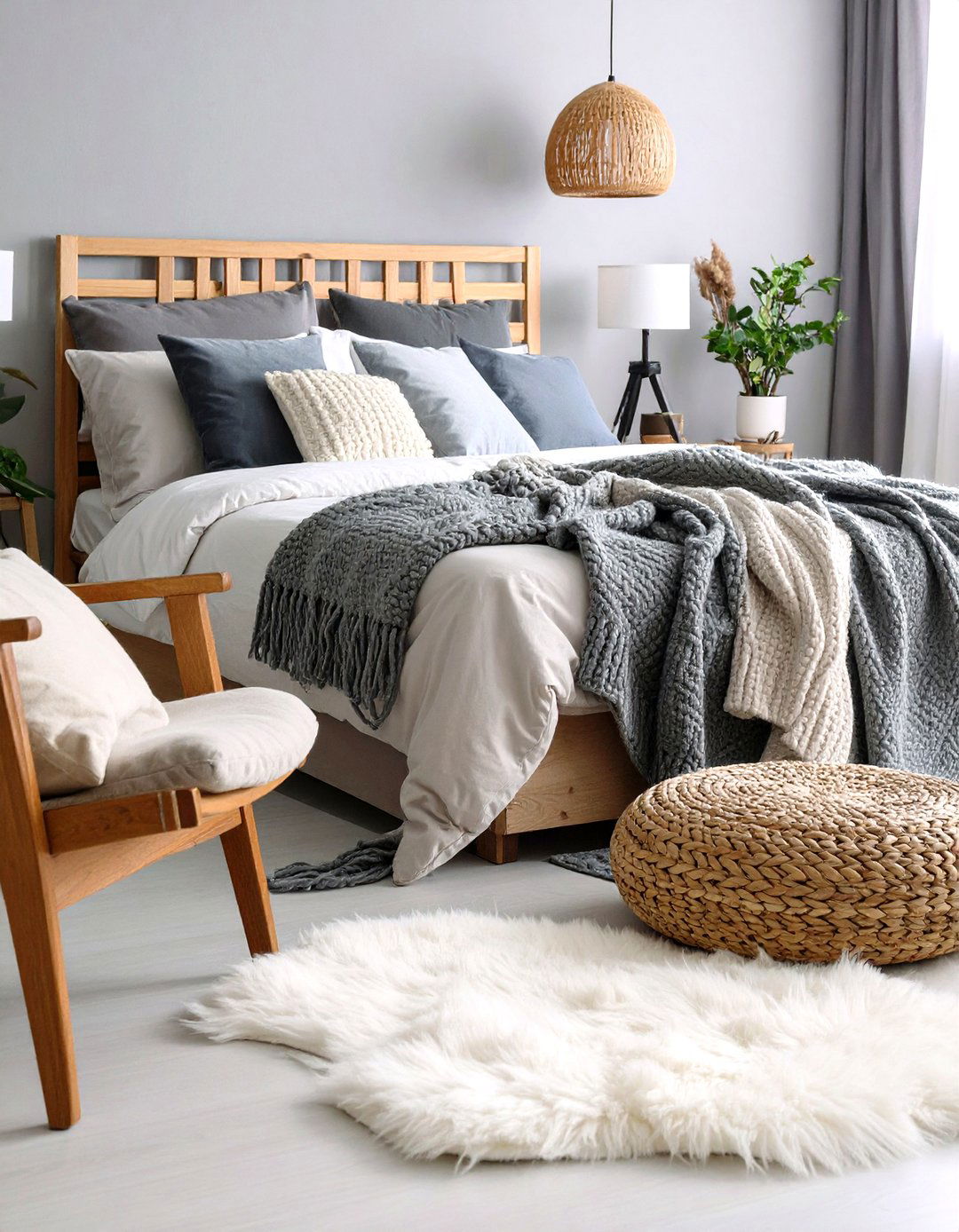

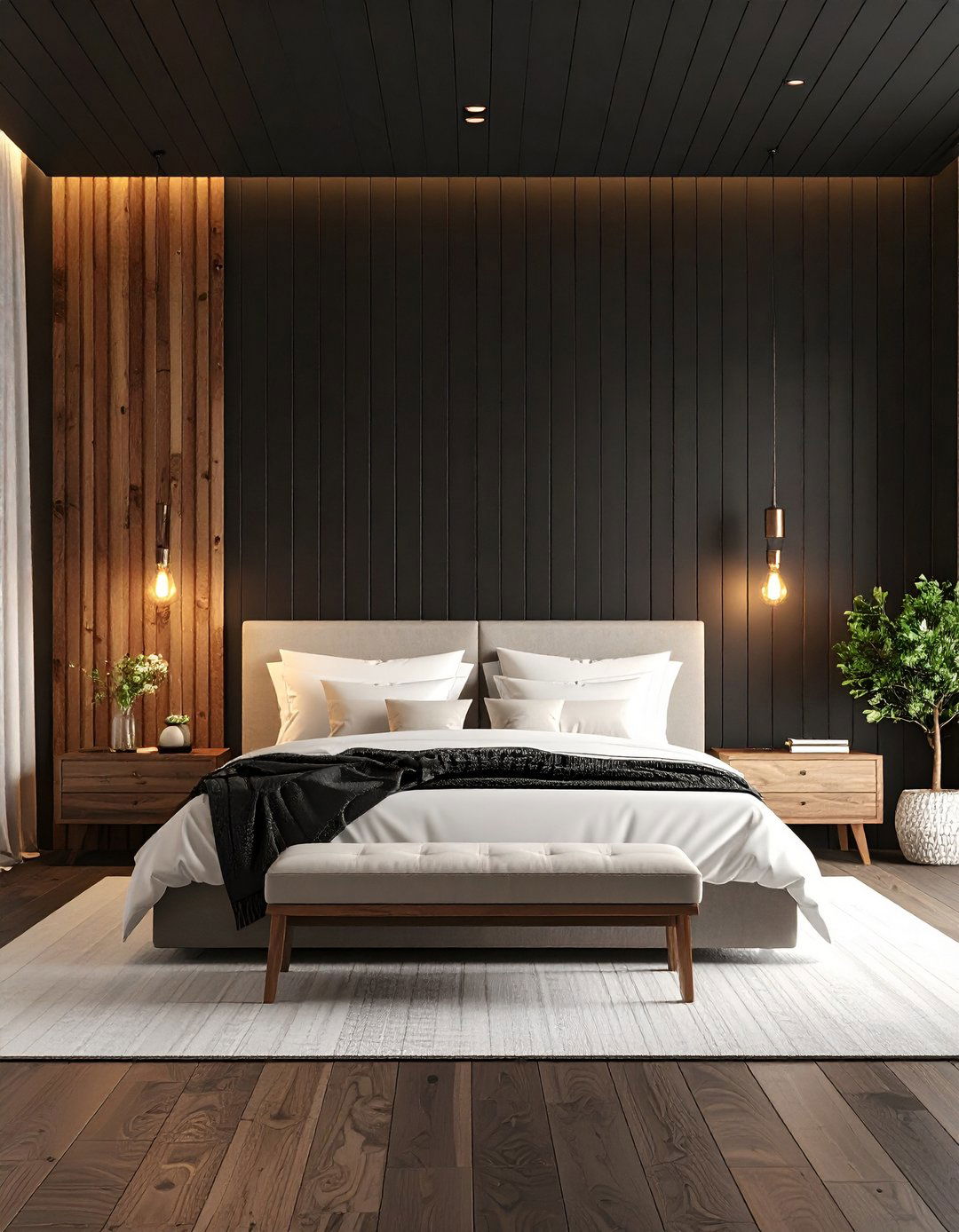
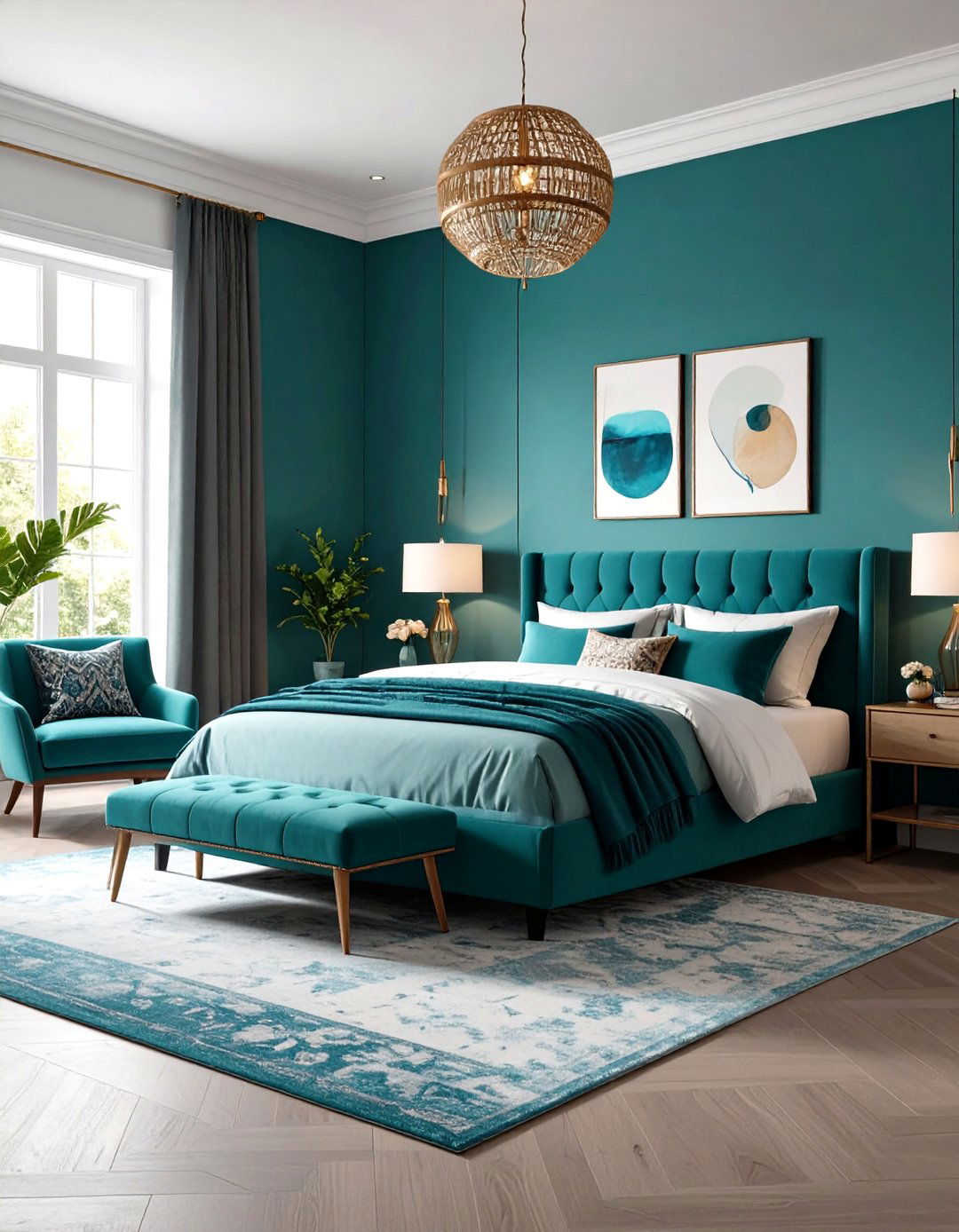
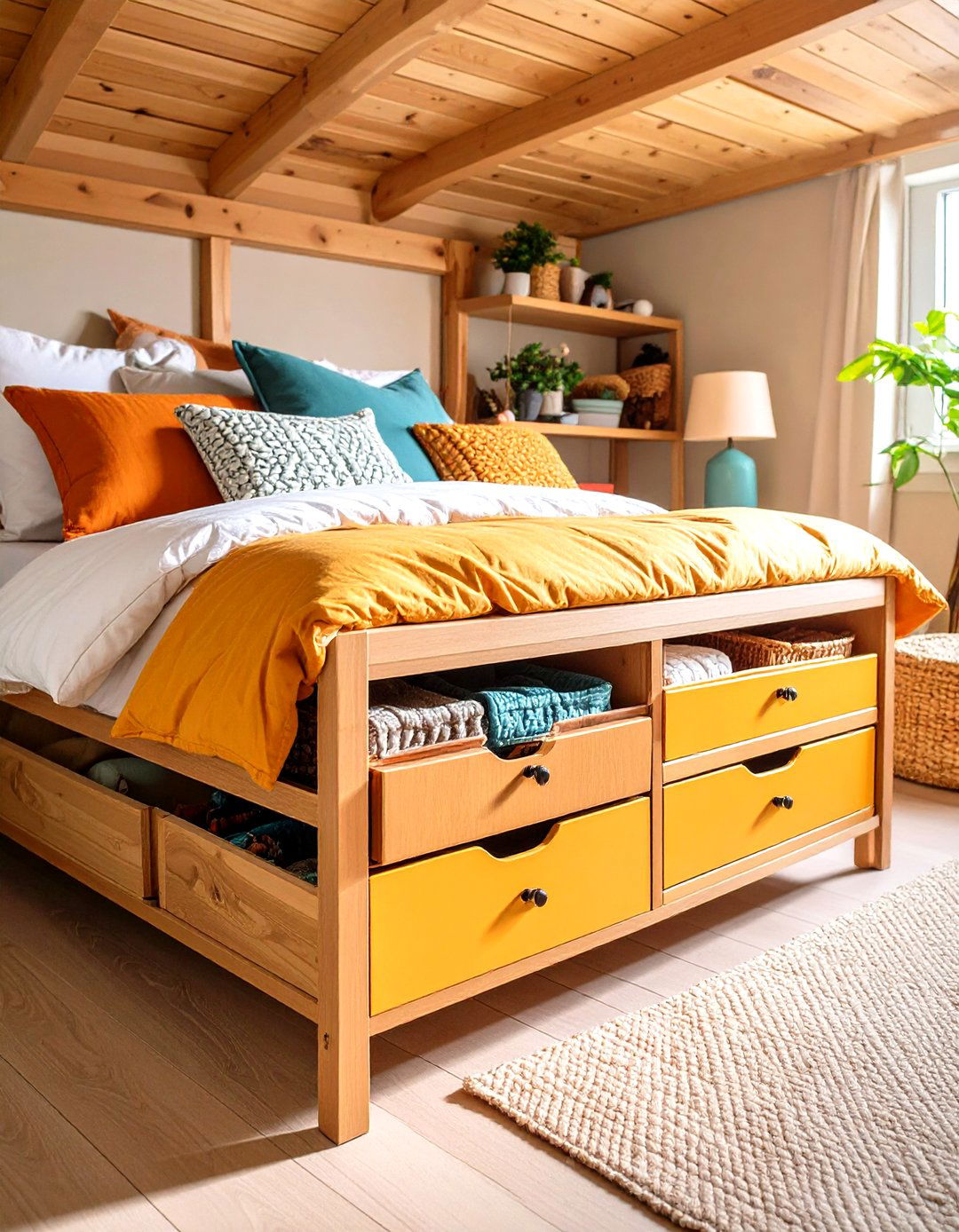
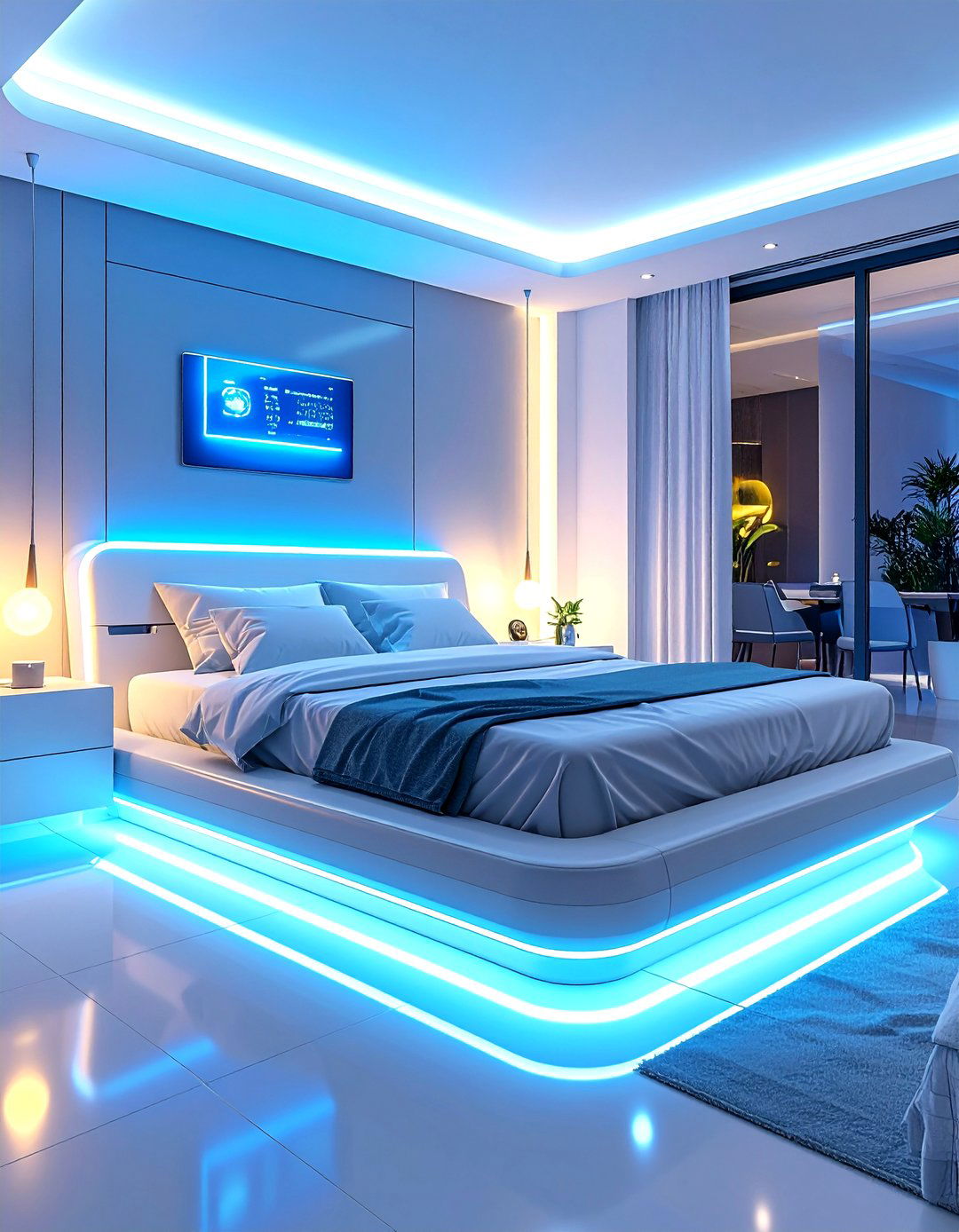
Leave a Reply